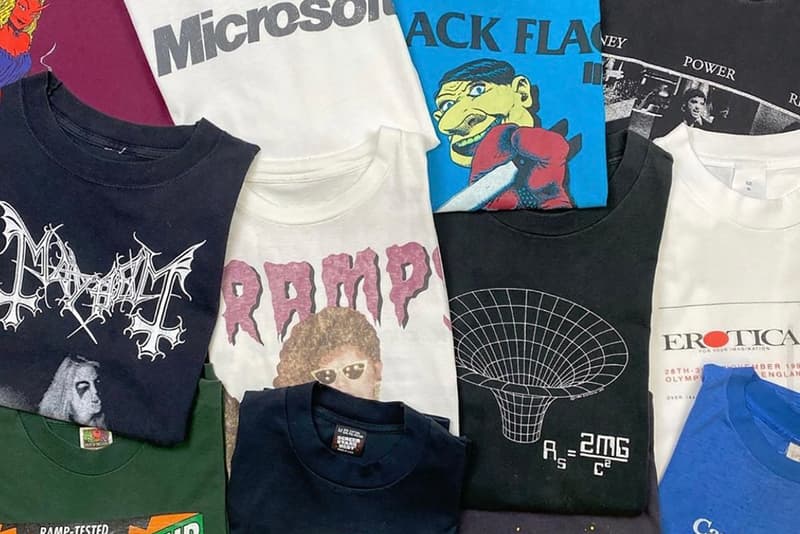 Listen to Article
Listen to Article
The craze for vintage band tees, and their passionate collectors, existed well before Kanye West decided wearing Testament and My Bloody Valentine T-shirts was cool circa 2016. And in the years since, the market has only expanded, proliferating brick-and-mortar stores, luxury retail, online resale platforms and even social media via auctions like Chris Fernandez’s weekly “virtual flea” on Instagram.
“I like to liken the vintage T-shirt game to the sneaker game. And look how big that is. That’s just like a worldwide phenomenon, and I think that’s something that vintage has the potential to beat,” says Fernandez, who also owns 1980 Something Co.
But for a less experienced buyer — or aspiring seller — dipping a toe into the vintage tee water can be a slightly unnerving proposition. You’d be forgiven for being less than confident in your ability to correctly gauge a fair price point for an “authentic” Nirvana In Utero T-shirt, with 200-plus listings ranging from $12.99 to $6,700 USD currently active on eBay.
So, HYPEBEAST sat down with Fernandez and four other vintage dealers to get the low-down on navigating the ever-changing market — from understanding the difference between a “fake” and a “original bootleg” to getting stubborn stains out of a white T-shirt.
How to Buy
The sellers we spoke to all expressed a strong preference for in-person buying; prior to COVID-19 travel restrictions. Teejerker founder Matt Sloane traveled from London to New York and L.A. several times a year for the Rose Bowl Flea Market and buyouts of individual collections while Ladi Kazeem, who started his business on Depop and has since become one of the platform’s top sellers, often scouts around small towns and seaside resorts in the U.K. “If you look hard enough and ask the right questions there’s always something that’s been hidden away from the world, collecting dust and that’s like finding gold at the end of the rainbow in my world,” Kazeem says.
“Flea market is like, ‘Yo, we’re gonna haggle,’ you know? This is not a JCPenney.”
But the politics of vintage reselling can vary depending where you are. Kazeem recalled experiences in European countries where shops seemed hesitant about, if not overtly against, selling to resellers. “It’s gonna boil down to obviously the idea of ‘don’t make money off me.’ But it’s obviously quite funny and interesting because it’s like, you didn’t produce those T-shirts, you’ve also bought them from somebody else,” Kazeem says. “They just care that this costs 100 pound, you want to sell it 450.” He adds that while U.S. shops tend to be much more open and encouraging of the resale market, it’s always best to be as honest as possible with your intentions. “Like ‘I’m buying these T-shirts for a business’ or whatever else, there’s no problem. But when you kind of make like you don’t resell and then you do… I think it’s one of them ones.”
Finding the Good Stuff
So what makes a T-shirt “valuable” — and a somewhat safe investment? As Sloane explains, there are two factions of vintage buyers, each growing in size and price at the same time. “There’s the kids that are just buying it for like hype, and then people who are coming at it more of like a music fan, record collector point of view. And it’s more just an extension of their obsession with music.”
Like most resale markets, the prices of vintage band tees are far from immune to the sway of a big name. “When Kanye [West] started wearing, you know, used T-shirts, that was the ignition, like putting the match to gasoline,” Colligan recalls. But far from one-off trends, celebrity wearers can have an enduring impact on the market.
Sloane takes Justin Bieber wearing Nirvana’s “Heart-Shaped Box” T-shirt at the 2015 AMAs and the “Come to Daddy” Aphex Twin long-sleeve shirt, spotted on Frank Ocean in 2016, as other notable examples; both T-shirts can still pull between $500 and $1,000 USD. “Like Justin Bieber wore that Nirvana shirt like five, six years ago, and the price of that is climbing more than ever,” he says.
However, beyond the reach of the celebrity stylists, there are some consistent heavy-hitters. Mauceri says ’80s and ’90s music tees tend to maintain their value without much fluctuation, adding that specifically “true-vintage Nirvana, Grateful Dead, Metallica, Iron Maiden, Tupac and Wu-Tang tees are known to increase over time.”
Bands which had comparatively-less mainstream success — Oasis, Blur, Stone Roses — can also fetch a high price since they were created in more limited runs, according to Fernandez. “Rarity will always maintain its value,” he explains. Colligan rattles off Sonic Youth (between $350 and $750 USD), PJ Harvey ($700-$1,000 USD), The Cure ( $150-$250 USD) and ’80s Bruce Springsteen tour T-shirts ($150 USD) as other less-obvious but consistent sellers.
Pricing
Like any other resale market, pricing vintage band tees requires a good deal of trial and error. “Over years and years of selling, you sort of develop an encyclopedia in your head. It’s become second-nature to me,” says Peter Mauceri, owner of Fresh Kills Vintage. But there is a significant degree of variation in price depending on the platform you use to buy or sell; the same shirt could fluctuate by hundreds — even thousands — depending on whether it’s selling online, in-store, or at an Instagram auction. “You really have to pay attention to it all,” he adds.
For instance, Richard Colligan, who owns Metropolis Vintage in Manhattan, explains he likes to keep his pricing below the upper market rates. “I have like a Dinosaur Jr. shirt,” he says. “Now, I priced this shirt at $350; some people will price it at $450. My price is $350 because you know I have a lot of overhead to pay because I have a retail store. So, I like to turn stuff over. I don’t like to hold onto things too much. Dealers that are online have the ability to hold onto stuff for longer periods of time.”
“Over years and years of selling, you sort of develop an encyclopedia in your head. It’s become second-nature to me.”
That said, Colligan estimates about 25 percent of his customers expect a bit of back and forth over price, and Fernandez, who operates online, agrees haggling is par for the course as a vintage dealer. “I honestly invite it. I mean, it doesn’t mean that you’re going to get what you want. But vintage is still kind of synonymous with flea market. And flea market is like, ‘Yo, we’re gonna haggle,’ you know? This is not a JCPenney.”
If you’re looking to find a jumping off point for negotiation, Kazeem recommends trying the “sold listing” section on eBay to check the prices similar shirts have sold for in the last six months in order to gauge market value. “You can basically search the T-shirt and see what it has been sold for in the last six months and you can generally gauge what the market value is. “Say a T-shirt’s worth $300 dollars market price and a guy’s trying to sell it for $450. You could say, ‘Listen it’s $450 I’ve noticed that this tee is selling for $300. I really want this T-shirt. Can we do $350 and negotiate from there. And that happens quite regularly.”
But all bets are off when it comes to auctioning; the dealers spoke on the $6,000 USD sale of an all-over-print Aladdin T-shirt via one of Fernandez’s virtual fleas in September. In Sloane’s view, though band tees’ values haven’t been massively affected by the buzz around the Aladdin shirt, it has sparked a spate of over-valued T-shirts into the market. “I’d probably say the most disruptive side of that is it’s just perpetuating people’s lack of education on how much things are actually worth, how much people are going to pay,” he says. “Those really big prices — you just can’t let them actually influence your view of the overall market at all.”
Authentication
With all the hype and demand for vintage, fakes are unsurprisingly on the rise. But according to Mauceri, the number — and quality — of the fakes in the past year or two, has been particularly alarming. Kazeem adds that highly-coveted Nirvana pieces are among the most common: “bootleggers only tend to make fakes of the more ‘hype’ T-shirts,” he says.
Fortunately, Kazeem has a few tips and tricks for checking the authenticity of a T-shirt.
Copyrights are a good starting point. On most originals, you should be able to find the copyright of the print and who the print is licensed by: “for example ‘1990 Paul McCartney under license to Brockum’ or the likes of ‘Winterland/NICE MAN/GEM/GIANT,’ all of which were leading manufacturers for licensed T-shirts in the late ’80’s, early ’90s,” Kazeem says. However, some bootleggers will reprint the copyright along with the artwork. But there is a tell-tale sign to look out for: the tags in the T-shirt should correspond with the copyright. “It is always good to familiarize yourself with original tags: touch them, feel them. Better yet, read them and examine them closely and you’ll be able spot differences like incorrect fonts or even blatant spelling mistakes,” he adds.
Stitching can also be a good indicator. Most vintage T-shirts from the ’80s to early ’90s are single stitch, meaning there’s a single line of stitching securing the fabric edge on the cuff, hem and shoulder of the T-shirt. It’s a good way to eliminate shirts as fakes — say an “authentic” ’80s band tee with double stitching — but it’s not a guarantee of authenticity. “It’s hard to authenticate a T-shirt [that way] because what people are doing now is they’re essentially getting single-stitch blanks,” Kazeem caveats.
Having knowledge of vintage T-shirt materials and brands is also indispensable; Kazeem mentions that most T-shirts from the ’70s to late ’80s were 50 percent cotton, 50 percent polyester blends from common manufacturers like Screen Stars, Hanes, Fruit of the Loom and TULTEX. Understanding the screen print process for ’80s and ’90s T-shirts can help too. “You should be able to run your fingers over the prints and feel the rubbery-like texture sat on top of the fabric, rather than absorbing completely into the fabric like modern-day machine print processes do, as if the print has been painted onto the shirt,” Kazeem says.
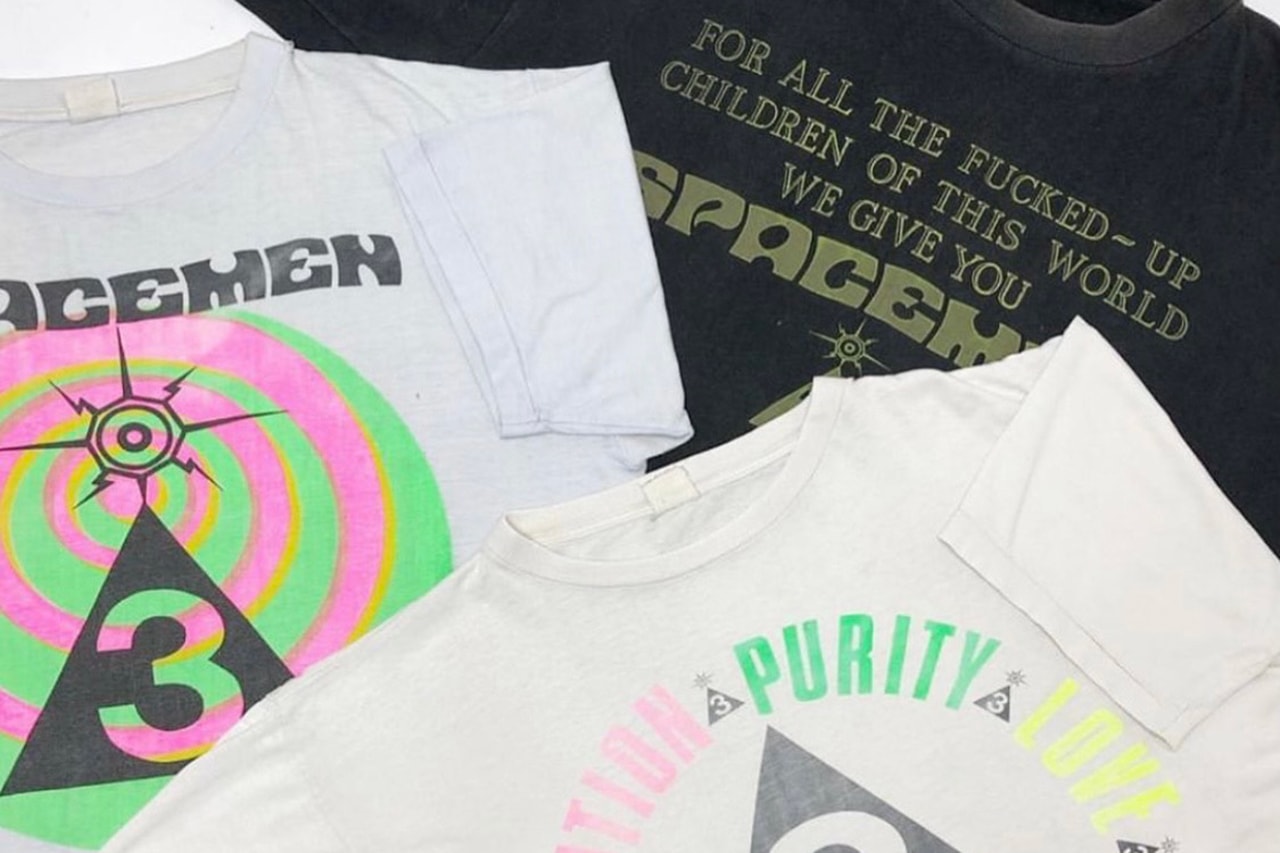
Teejerker
Bootlegs
Between licensed merchandise and faux originals, there’s a tier of unauthorized T-shirts made by fans during a band’s heyday, or “original bootlegs,” Colligan calls them. “I know that sounds kind of weird, but that were made in the era,” he continues. “They’re commonly called a parking lot T-shirt; there’s a big concert, and there’s a guy standing out in the parking lot selling bootlegs. That can be from the ’80s, ’90s, or whatever.” The quality and aesthetic of these bootlegs can differ significantly from tour merch, made in less substantial fabrics with cheap, amateur prints which wash and wear beautifully with time. These bootlegs were also often made in significantly smaller runs as opposed to their mass-produced “licensed original” counterparts. And the unique and rare appeal of these OG fakes has created a parallel, sometimes overlapping, demand.
“I think a lot of people would even find that they would prefer a vintage bootleg graphic,” Fernadez adds. “Those artists, that’s kind of art too you know? When you make a bootleg shirt, you’re making it on your own interpretation of the band and their music. So in a lot of ways, that’s an art. so I respect vintage bootlegs a lot.”
However — because nothing in vintage is cut and dry — some contemporary bootleggers have begun to fake vintage bootlegs given their erupting popularity, so it’s best to exercise the same caution and authentication practices when purchasing.
Care and Maintenance
The majority opinion from the dealers we spoke to was to wear the shirt as you want, wash as needed and don’t stress over keeping the tee “as new.” As Fernandez puts it, “isn’t that kind of the allure of this T-shirt too? Like you like your shirt to be aged and worn in?”
“These shirts tell stories and have character; they’re a visual form of expression.”
But if you do have unwanted stains on white T-shirts, Colligan recommends adding half a cup of soap and half a cup of bleach to a three-gallon bucket of water, dropping in the shirts and leaving them to sit for a few days. “You can let it sit there for days. It does not affect the ink at all. Sometimes I forget about stuff for a week. I know it’ll come out absolutely beautiful,” he says. That said, stains, even paint splatter, can also make a shirt a top-seller according to Colligan, though typically on non-printed items.
“The wear and tear of these shirts are what make them unique,” Mauceri explains. These shirts tell stories and have character; they’re a visual form of expression.” He adds that because these items are older and have already run through their share of wash cycles they should be safe to wash regularly. However, if you have concerns about the shirt’s fragility, Mauceri recommends hand-washing and laying out to dry.
Some pieces can be more challenging to care for than others, especially those with dry rot, which most often affects deadstock black vintage T-shirts. As Kazeem explains, when a T-shirt is left unwashed for years, sometimes decades, the dye and the print process on the shirt will begin to affect the strength of the fabric, giving it a crispy feel and a slightly syrupy odor. “Essentially, you wash it once it’ll just disintegrate, rip apart,” he says. To avoid damaging the shirt, he recommends carefully soaking it for a few months before fully attempting to wash it. “But some T-shirts have gone beyond the point of salvaging, and when you’ve got them sort of T-shirts, probably best not to wash them,” he adds. “Probably best not to wear them either.”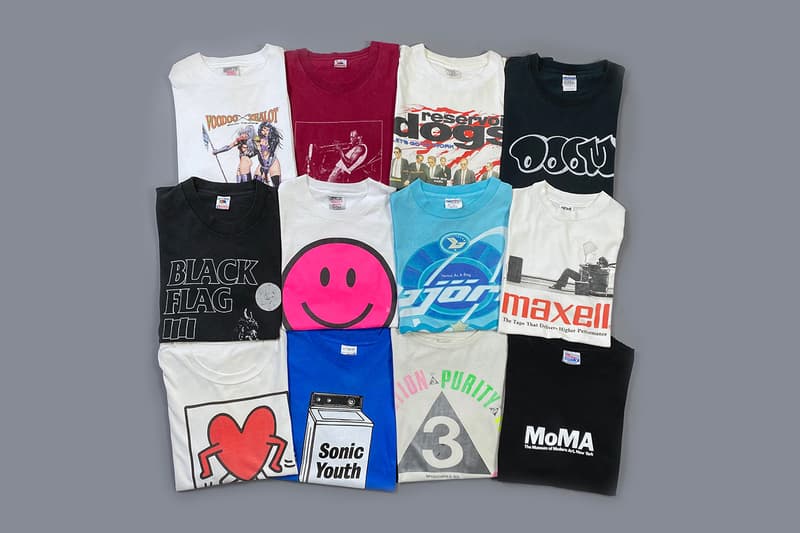 In celebration of four years in business, London-based vintage retailer Teejerker is dropping a collection of over 200 vintage tees, available today.
In celebration of four years in business, London-based vintage retailer Teejerker is dropping a collection of over 200 vintage tees, available today.
“There’re so many good ones; an original Reservoir Dogs tee, incredible Prodigy Jilted Generation, a Bjork I’ve not seen for sale in years,” says Teejerker founder Matt Sloane. “We’ve really good philosophical [and] political tees too, and a lot of them have come from our archive so have been saved due to having the perfect wear, feel etc.”
Teejerker launched its first webstore on October 24, 2016. Sloane recalls the market being fairly different than it is today, with only a few Instagram pages selling vintage merchandise. “It’s so much more competitive now; you have multiple new accounts every day trying to sell used clothing still primarily through Insta, we definitely got in at the right time,” he says.
In the years since, Teejerker has expanded its offerings; the retailer recently collaborated on a series of officially licensed T-shirts with ’90s band Swervedriver, printed on worn and deadstock vintage blanks. Sloane says he’s planning on more massive restocks and collaborations like these in the future. “In a time where ‘real’, ‘fake’ and ‘bootleg’ are discussed so much I like that these projects are blurring the lines – the tee is old, the artwork may also be old, the band/artist officially licensed it’s production but yet it was printed the other day – what does that make it?” he explains.
Visit the Teejerker webstore to shop the collection now.
For more on Teejerker, revisit Sloane’s thoughts on what keeps him passionate and excited about vintage.


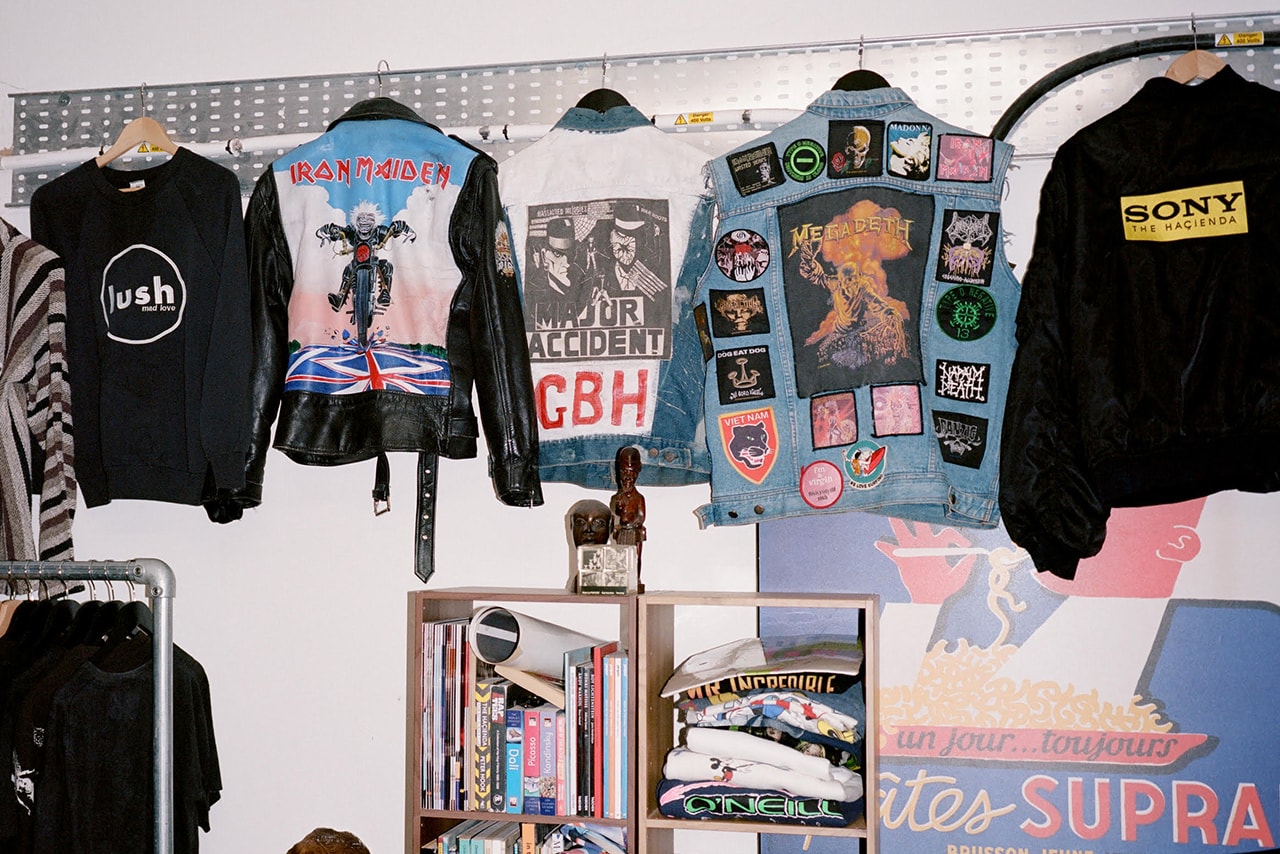
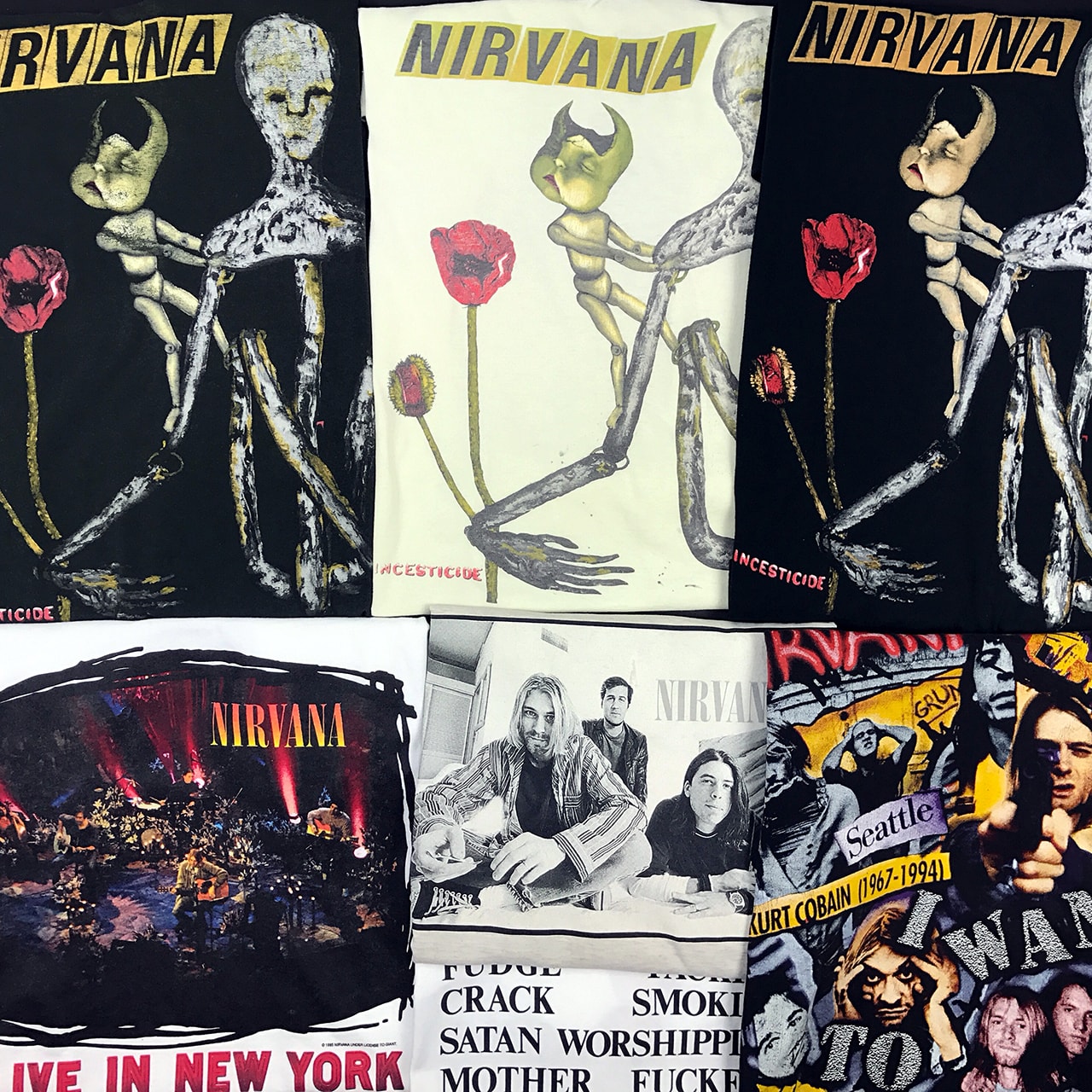
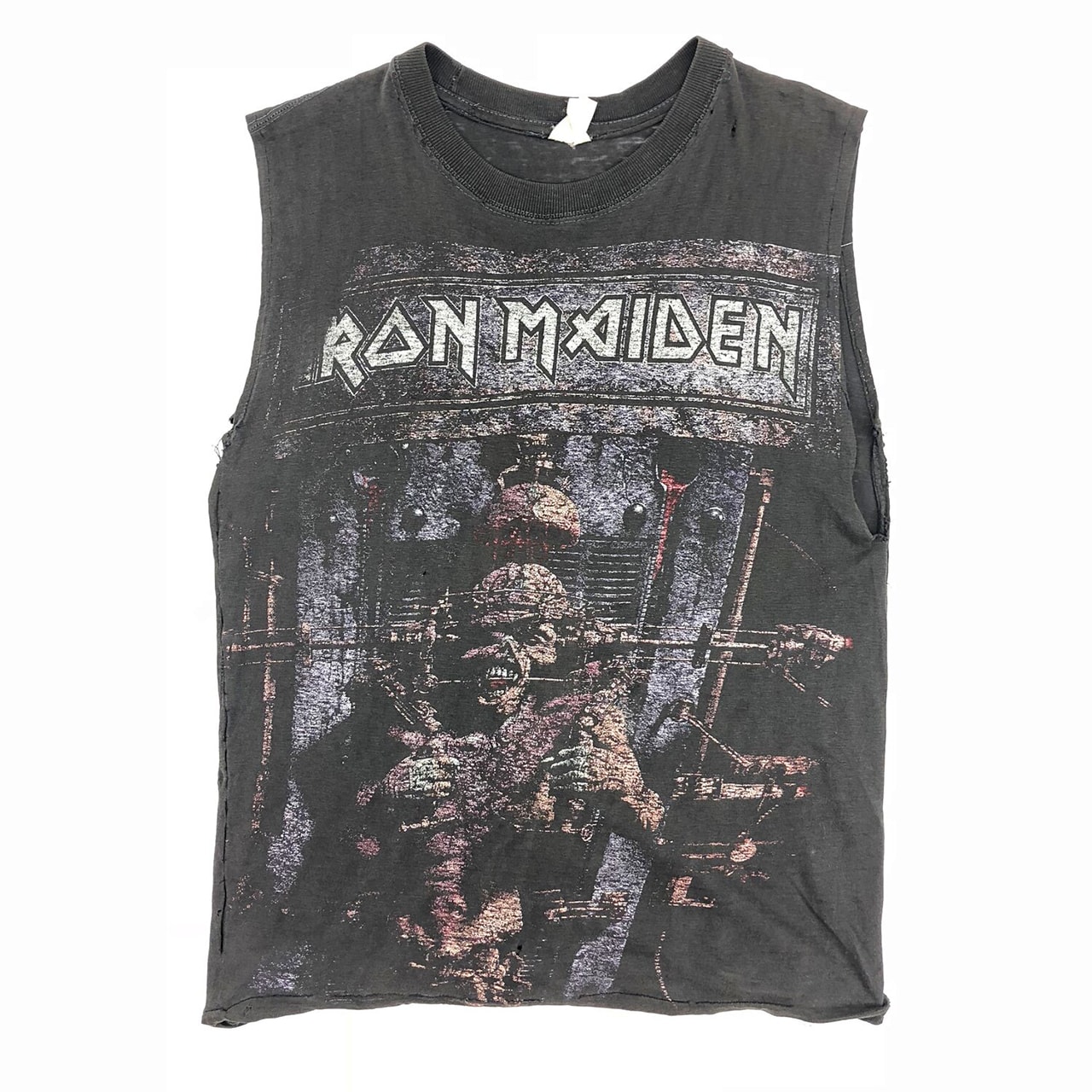
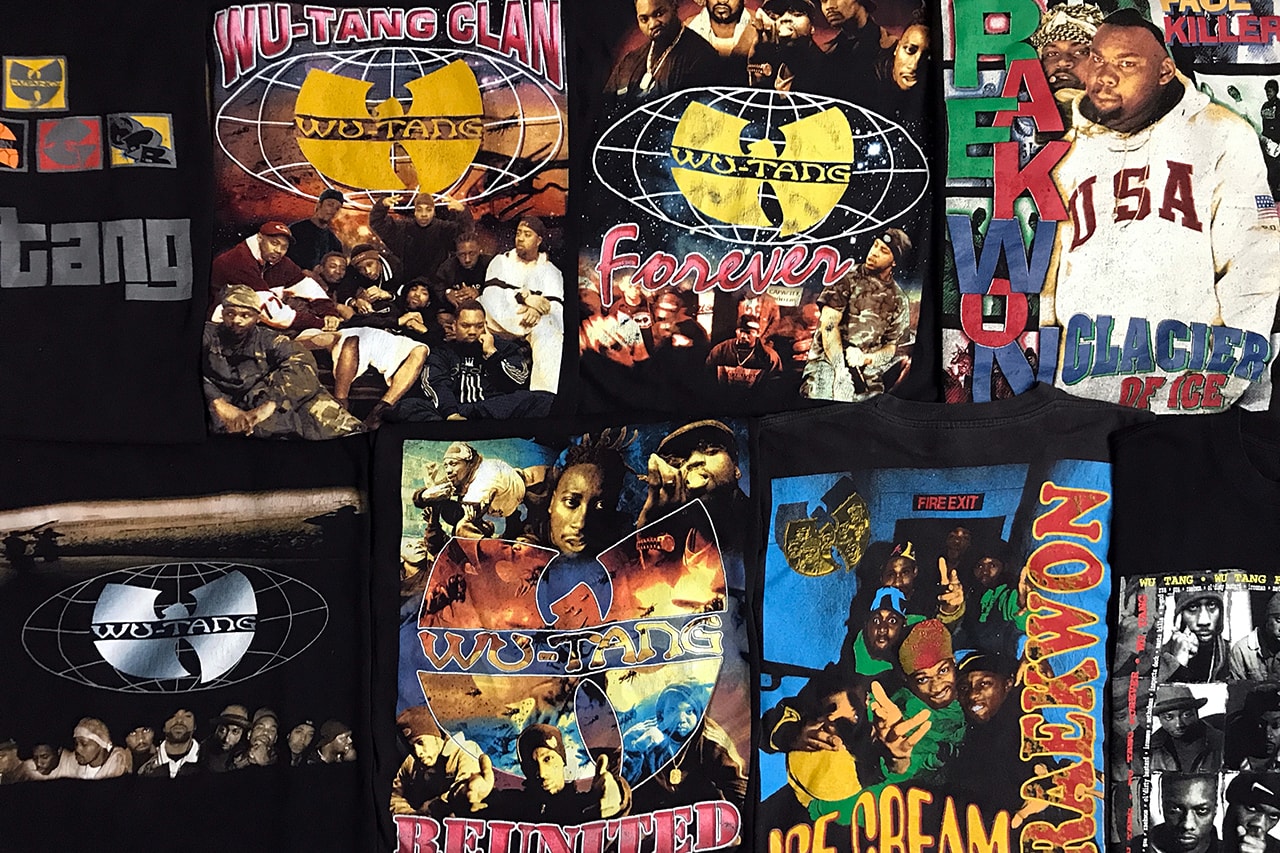
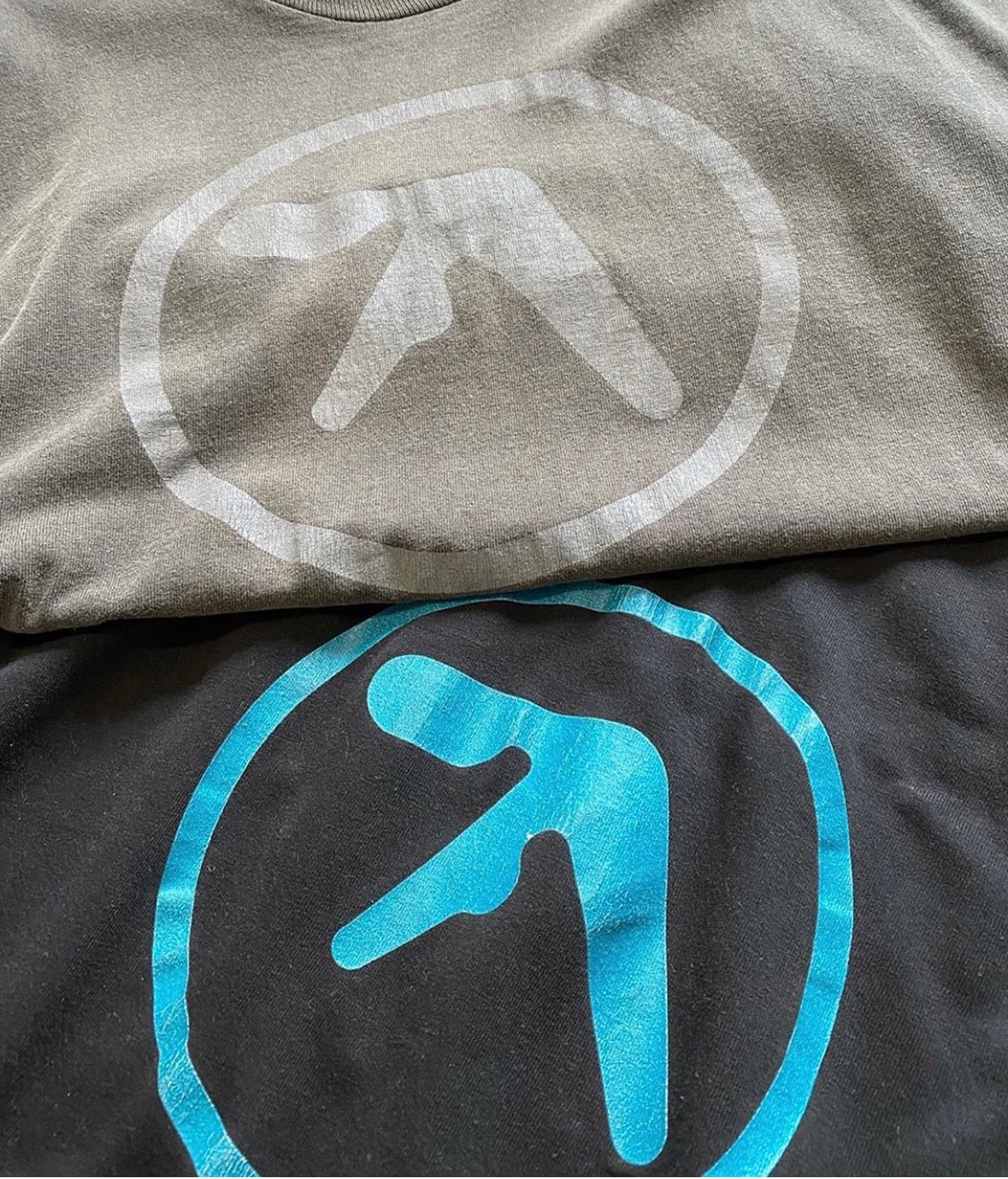
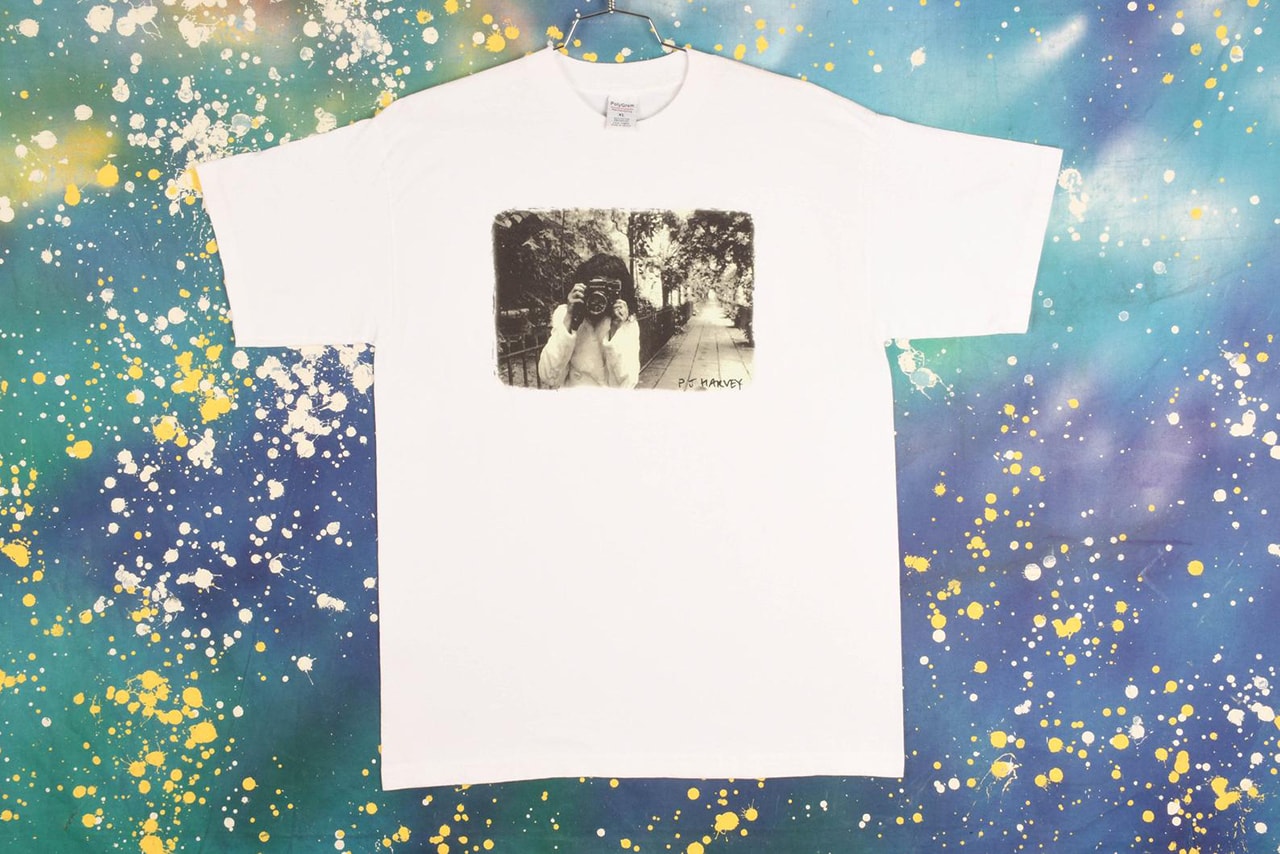
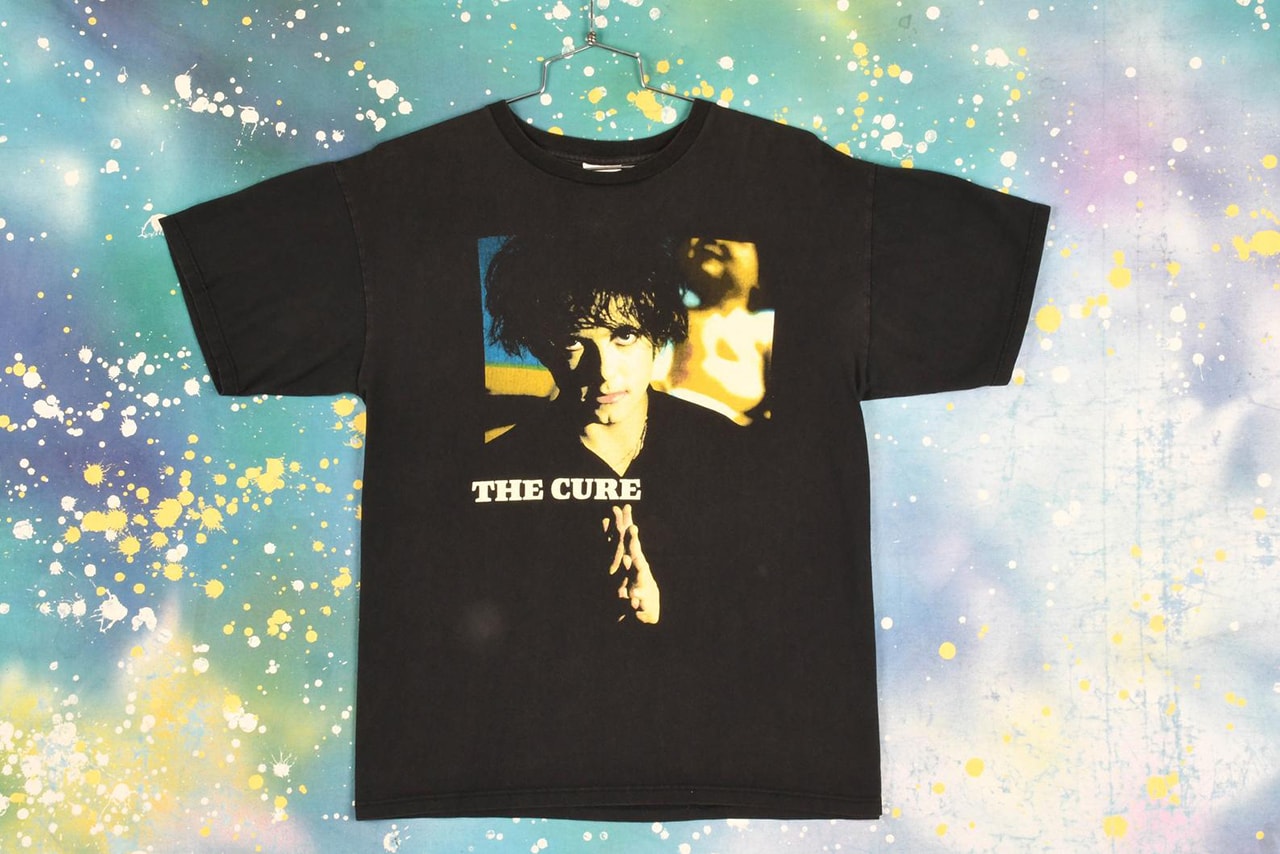
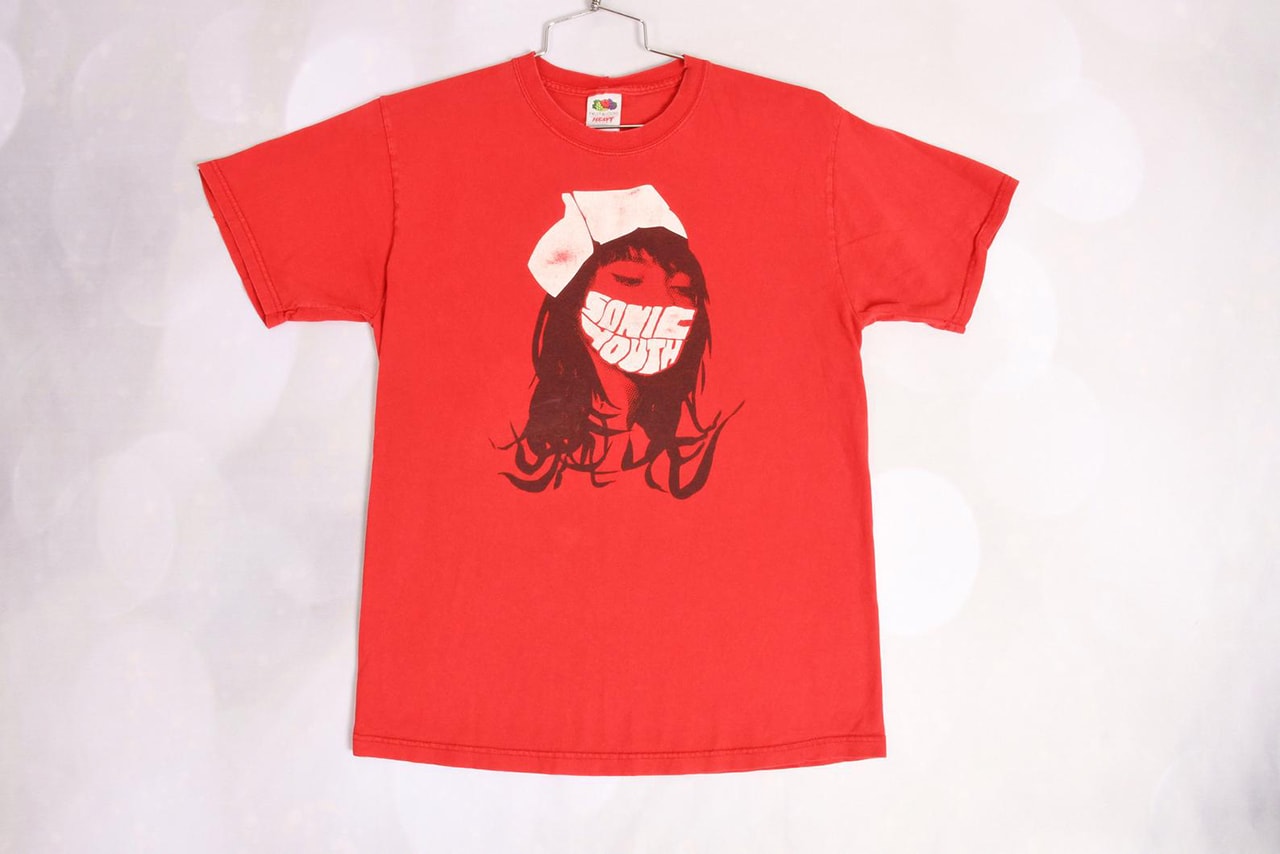
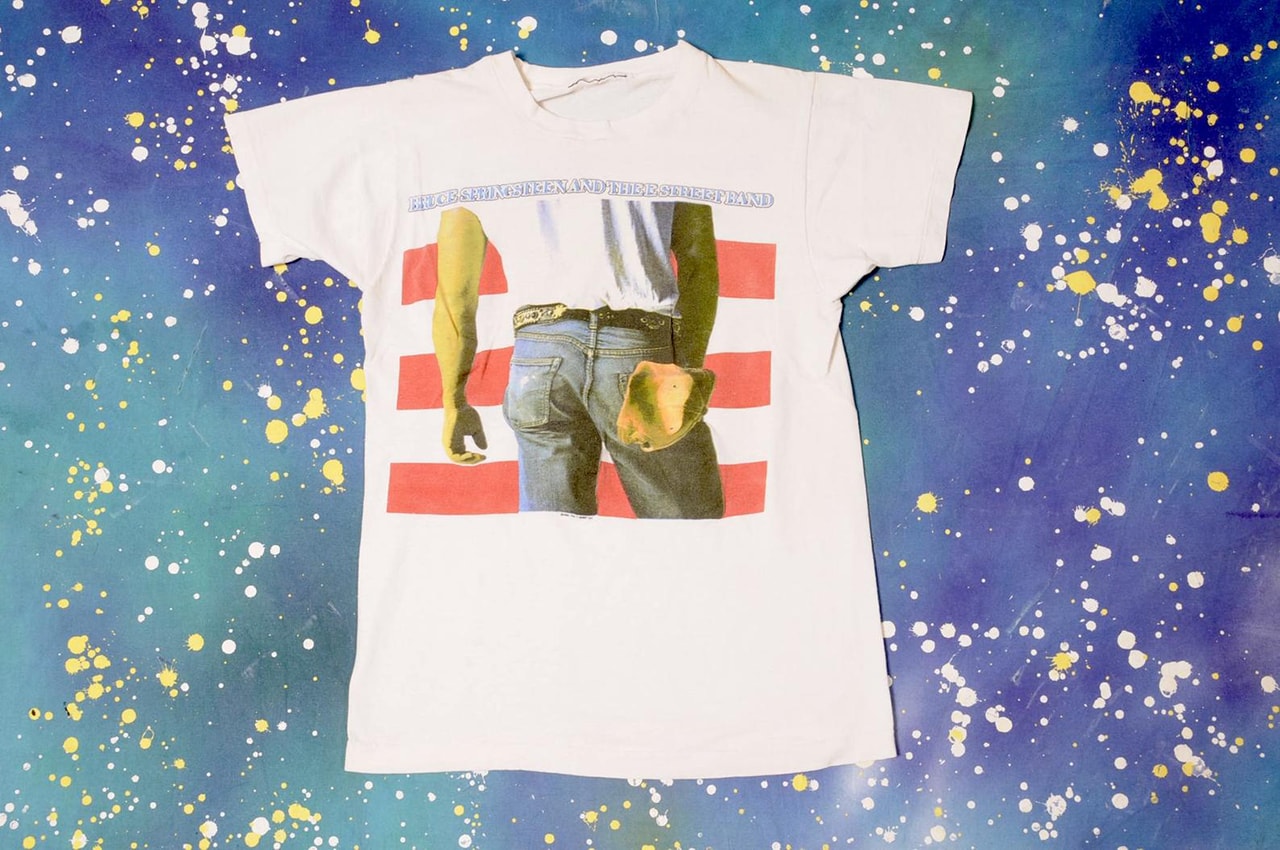
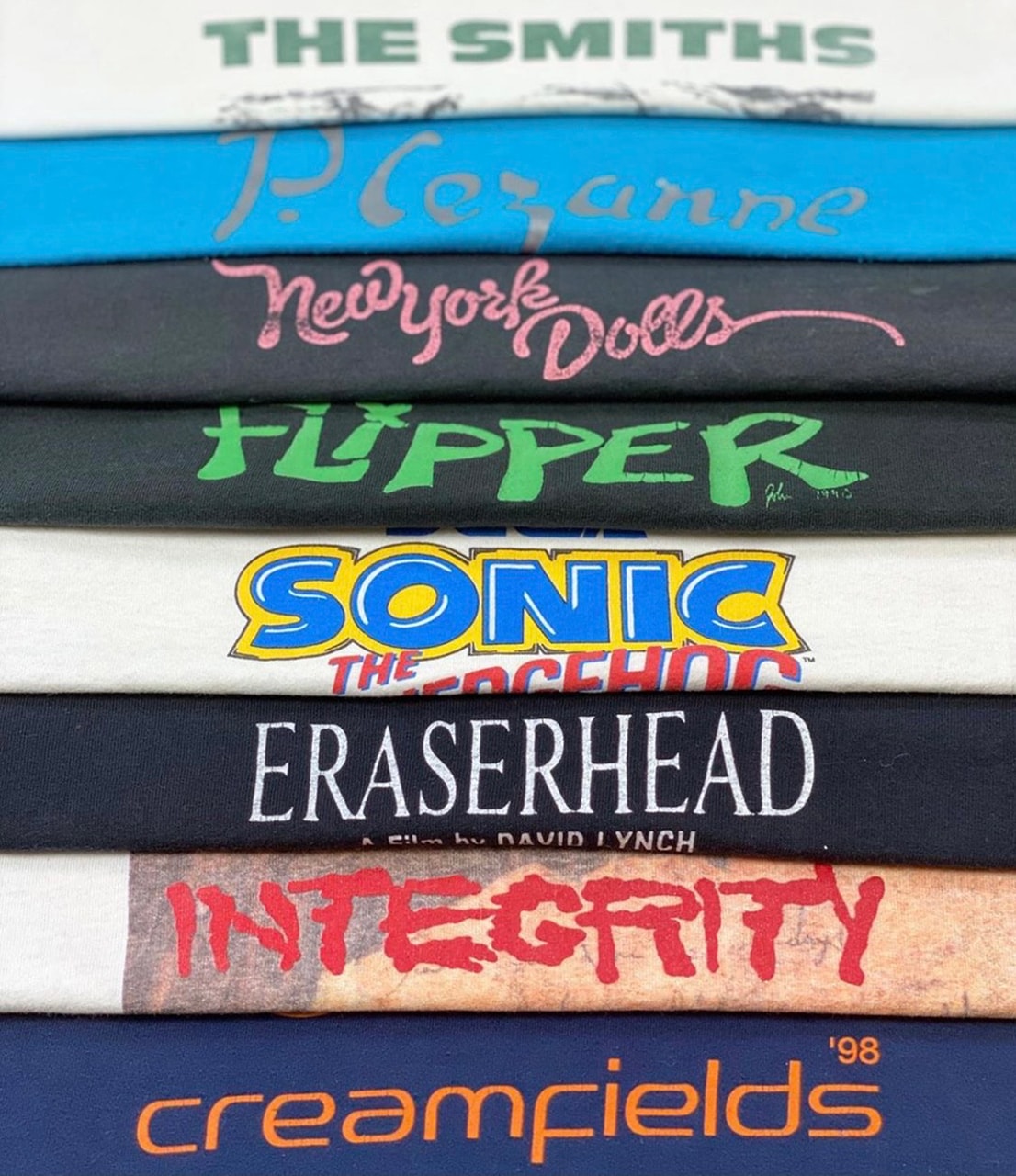
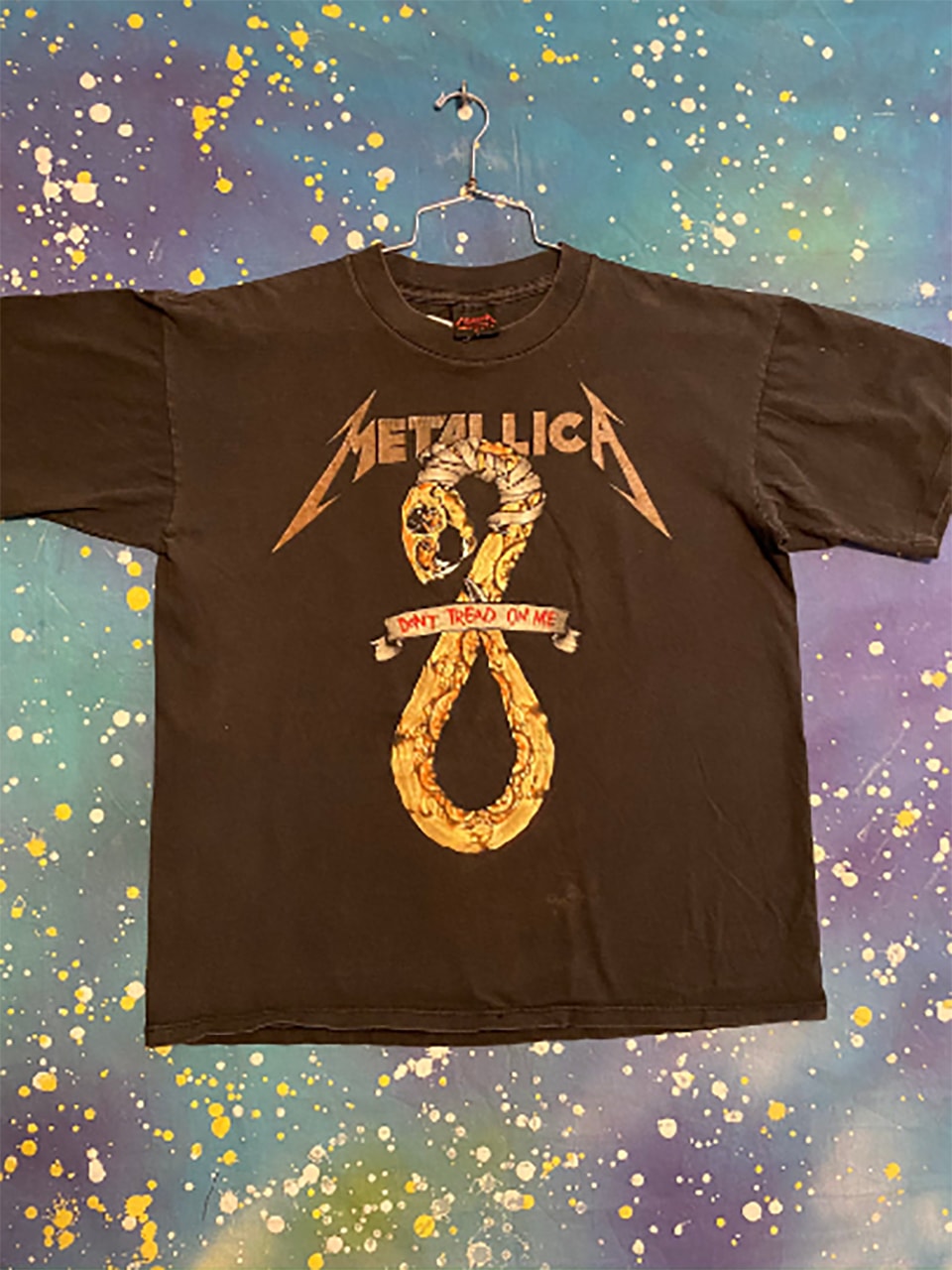
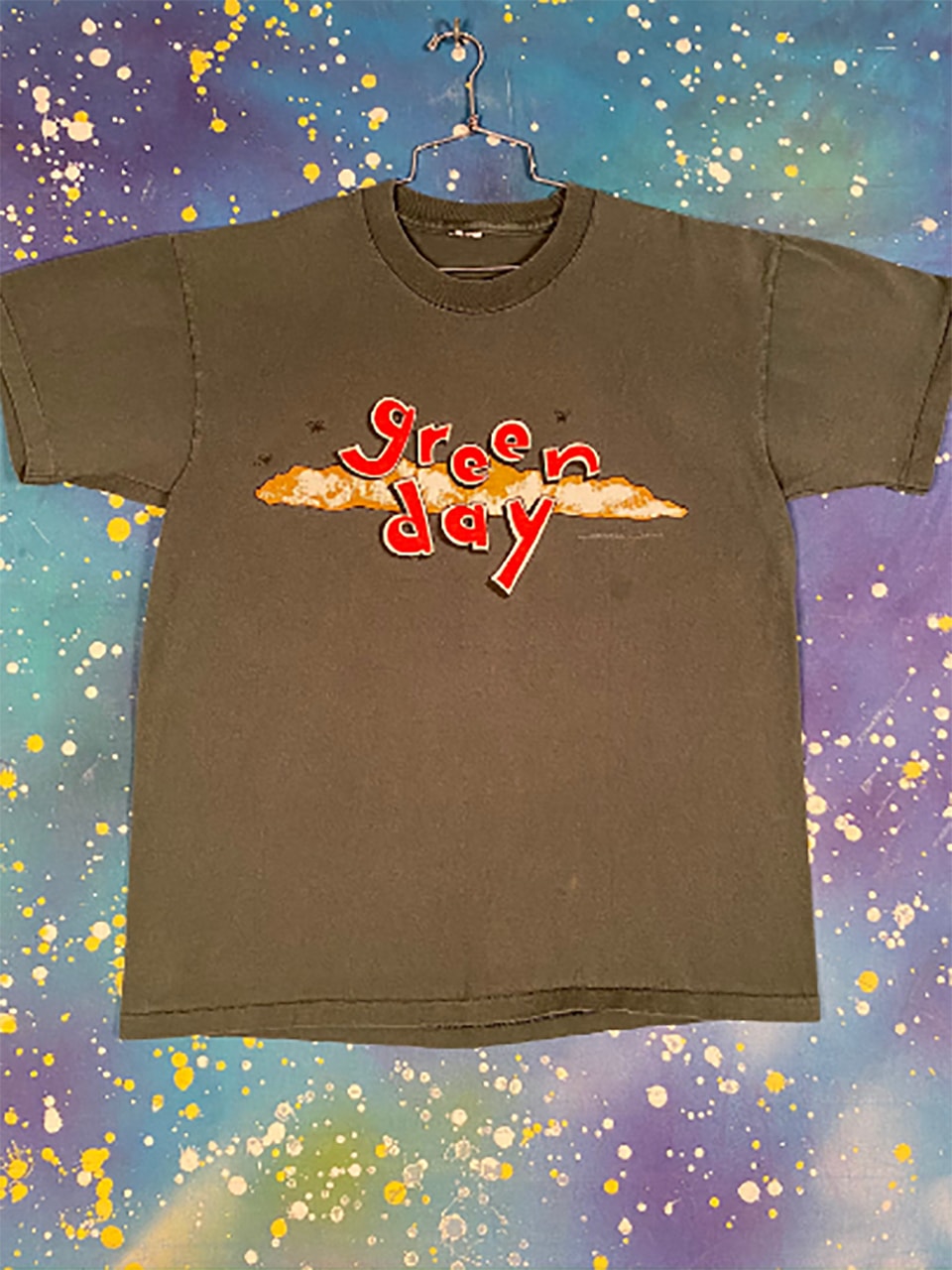
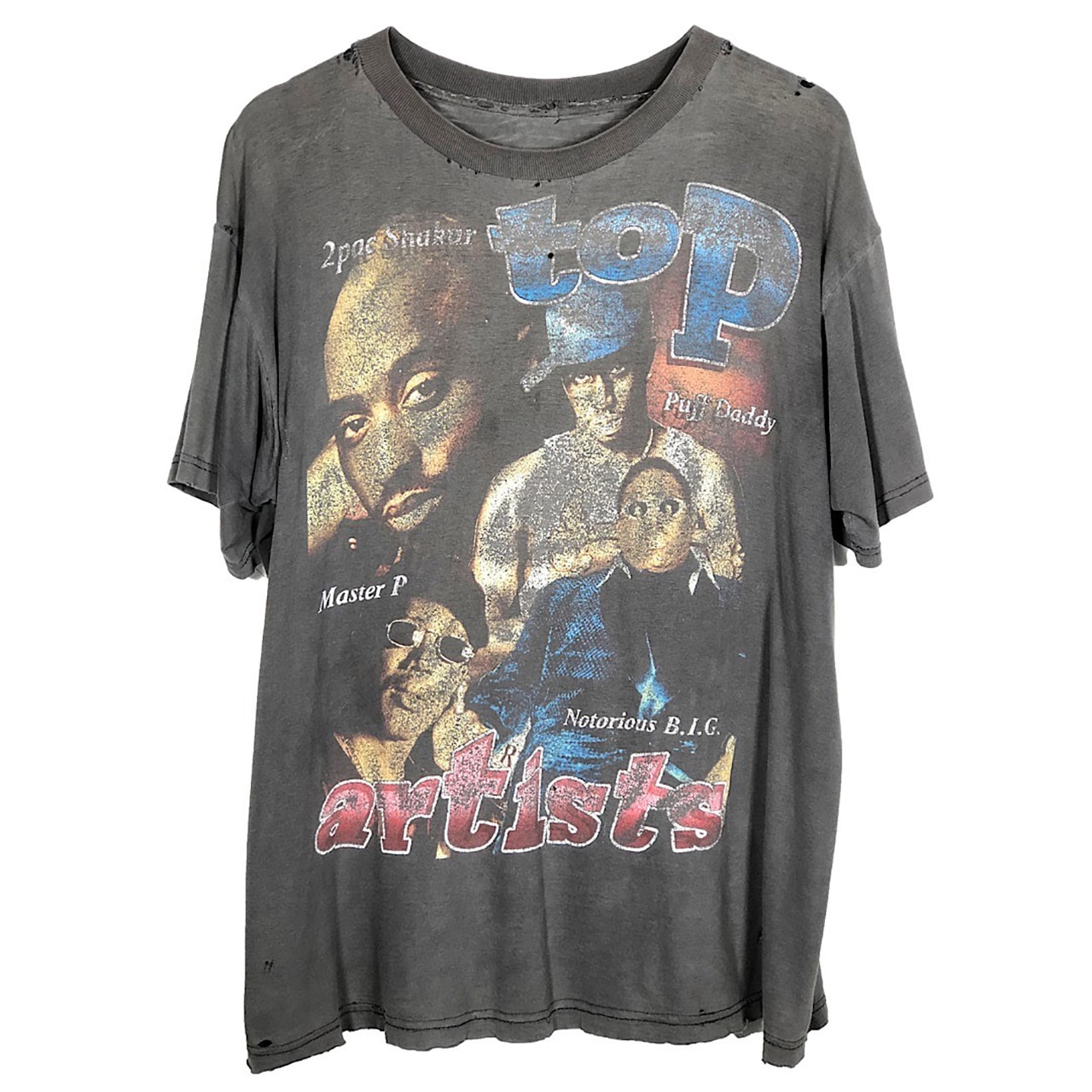
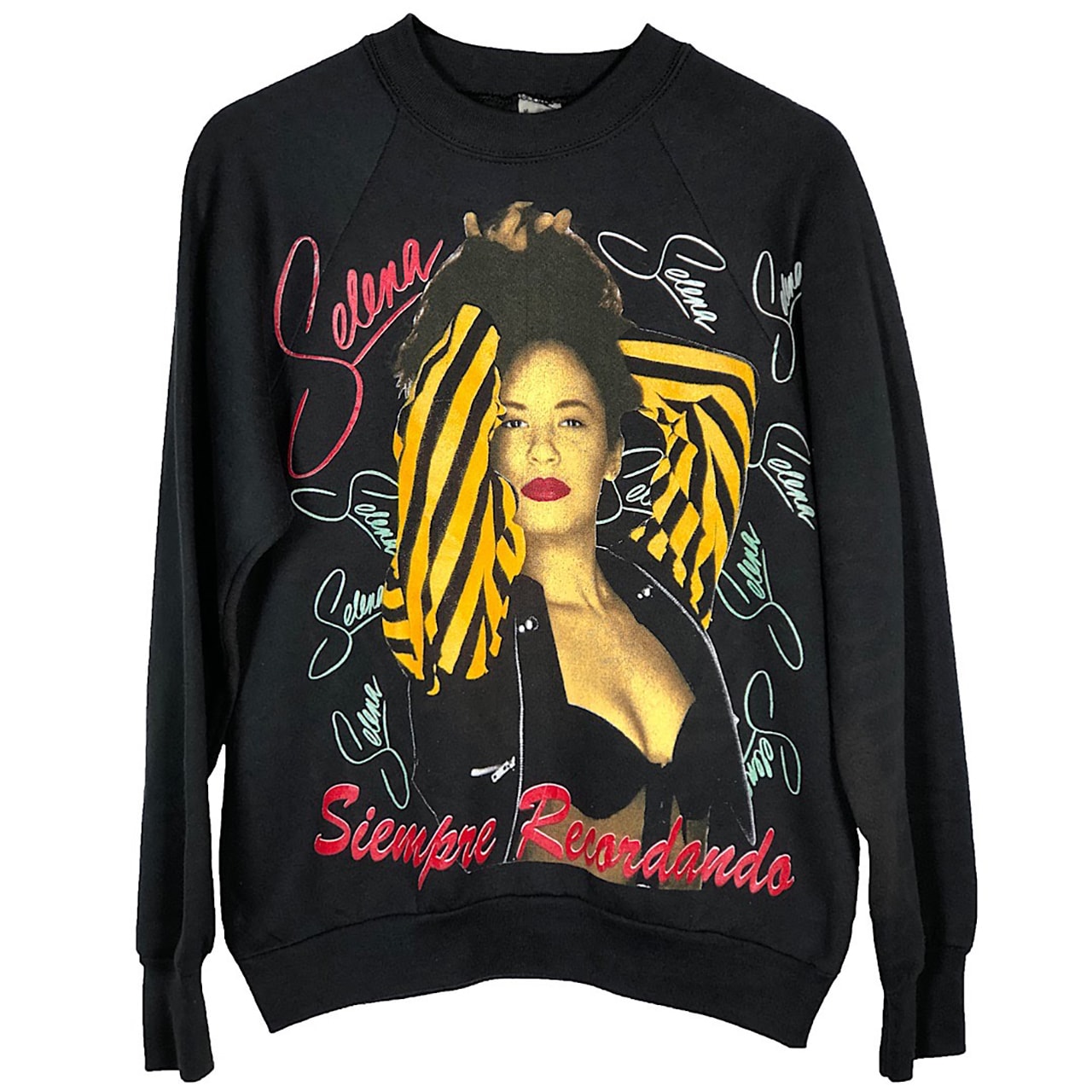
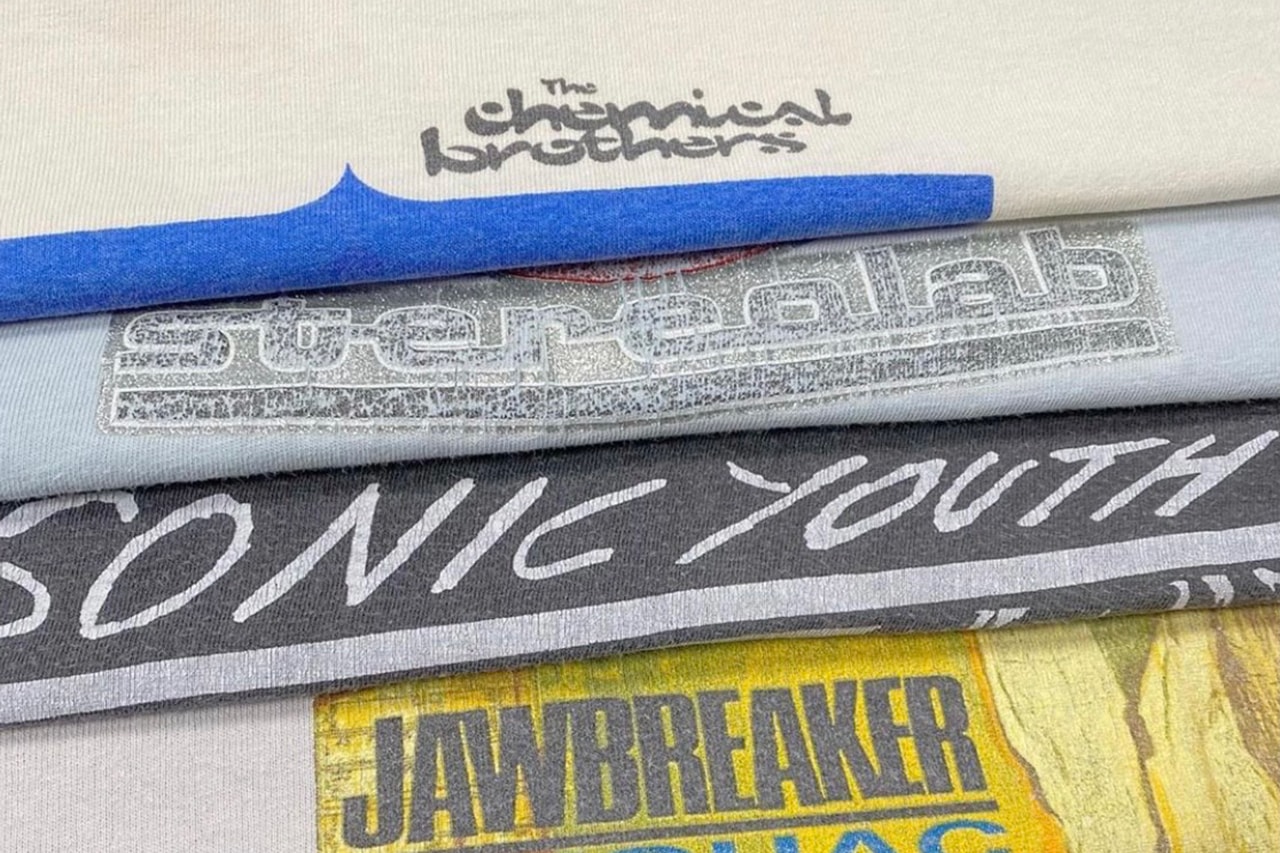

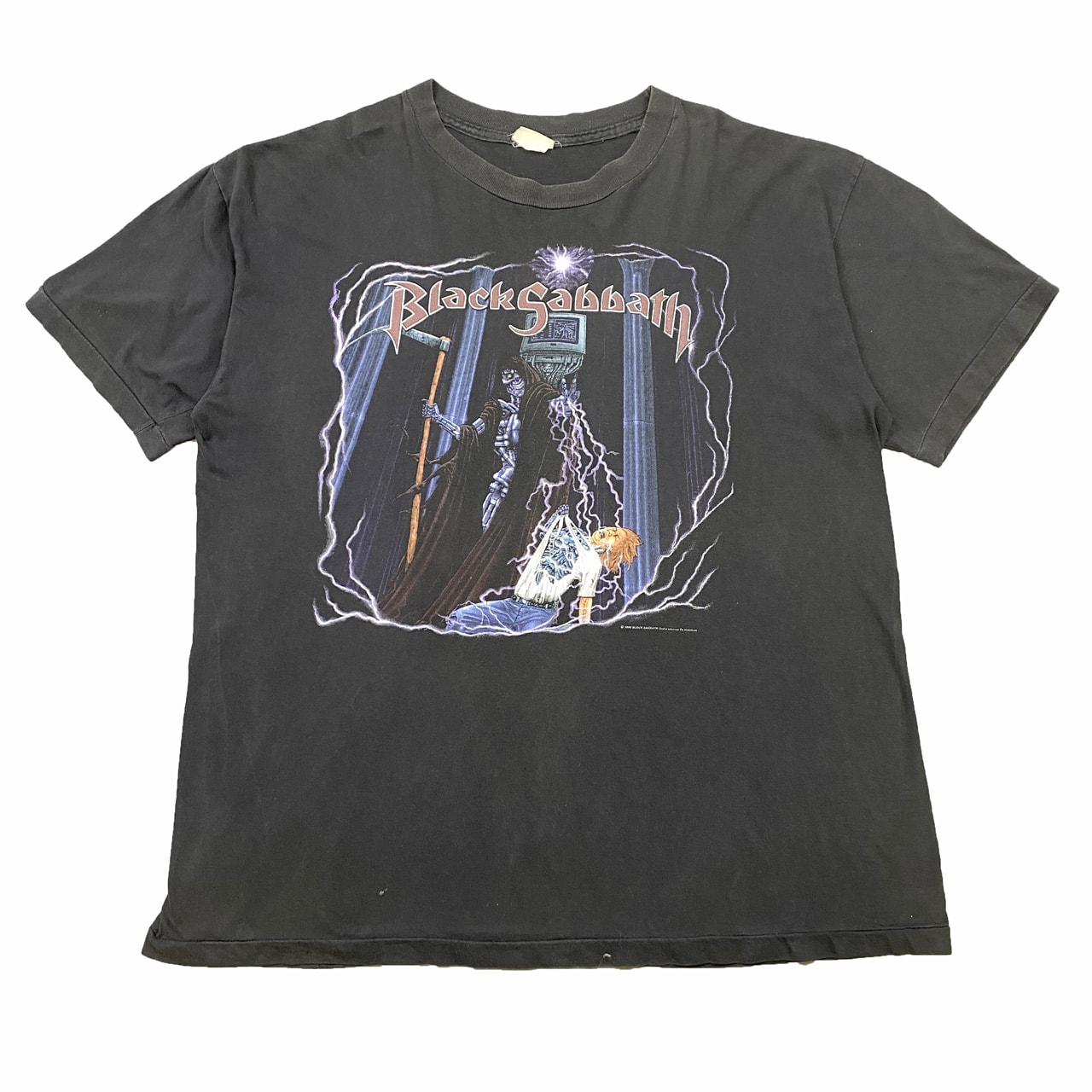
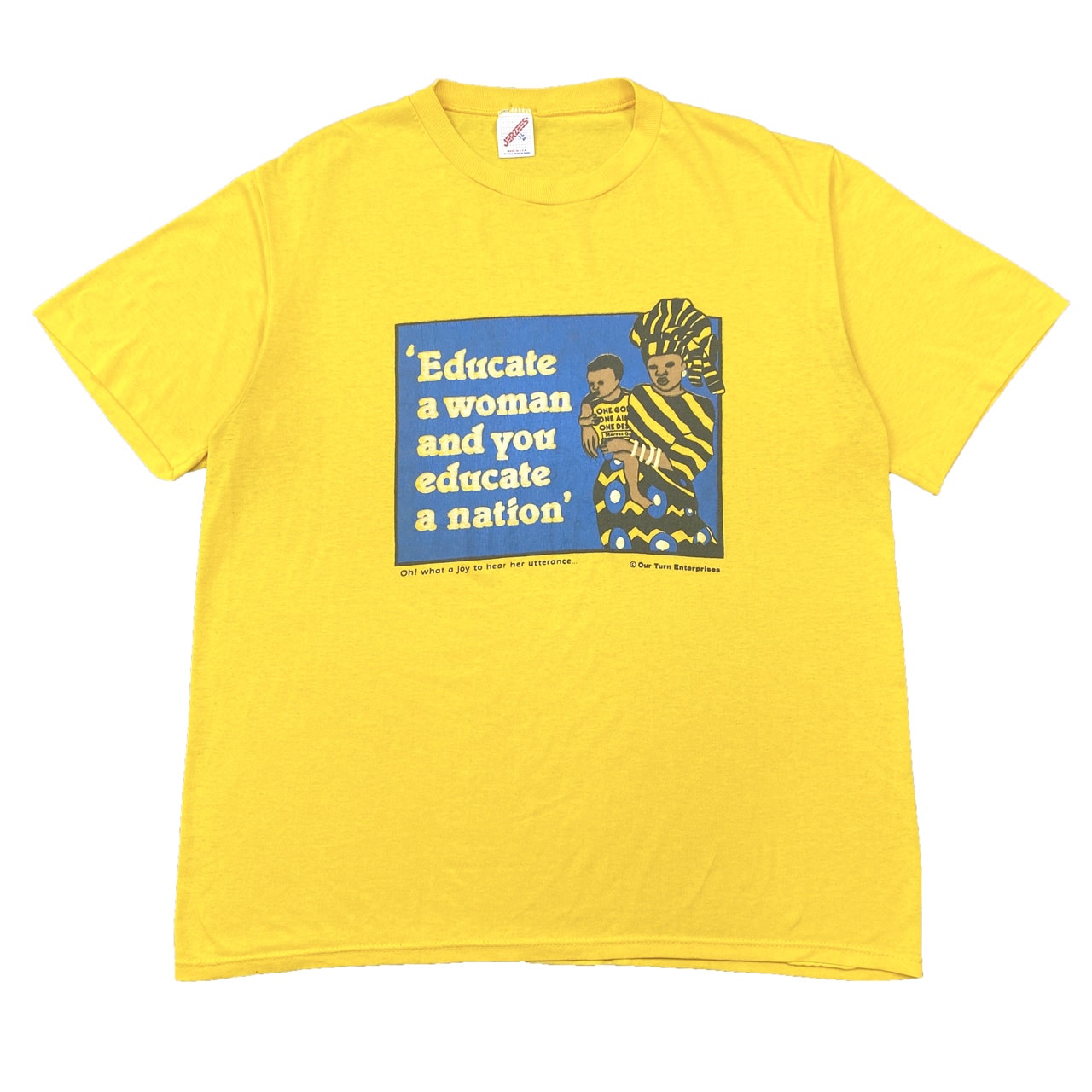
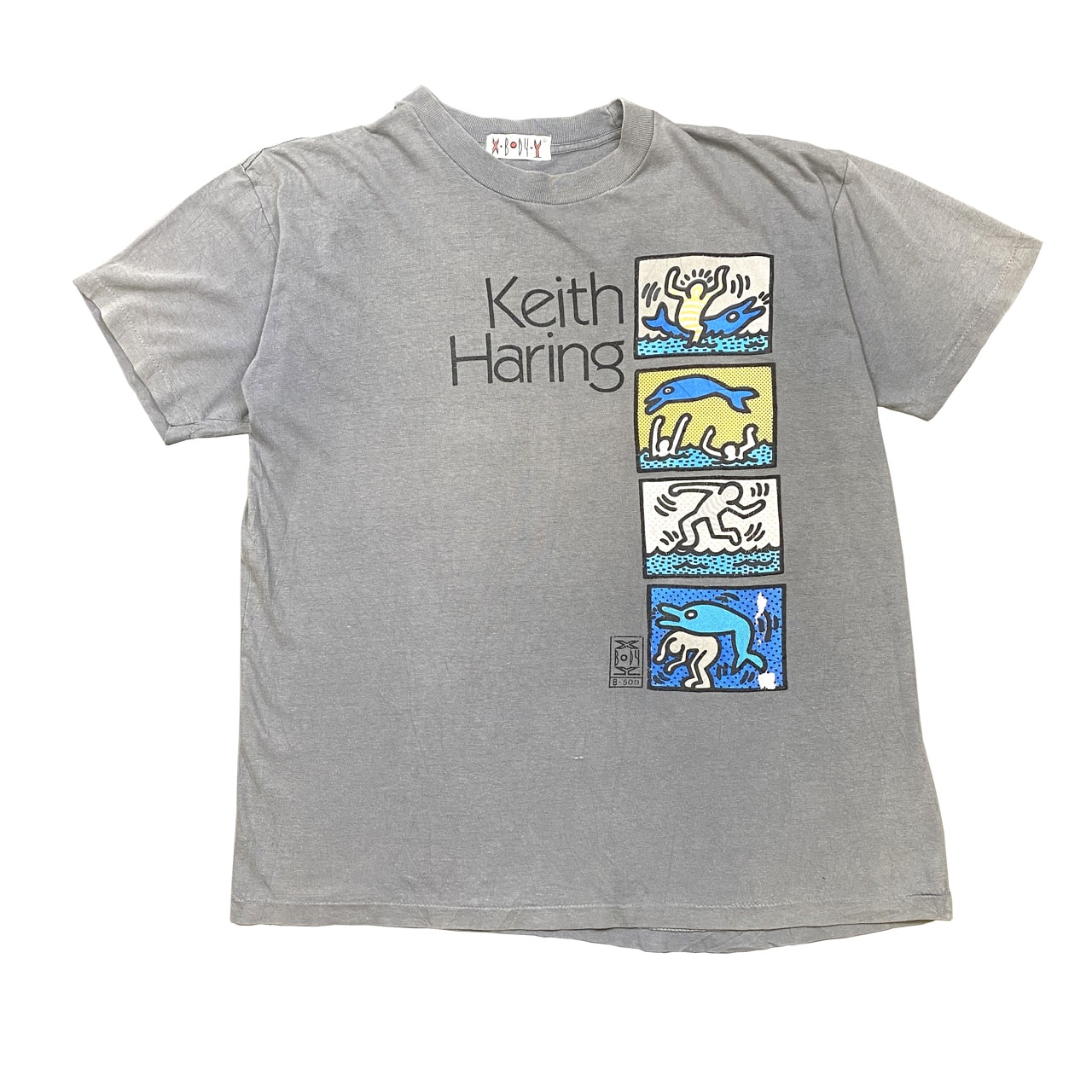
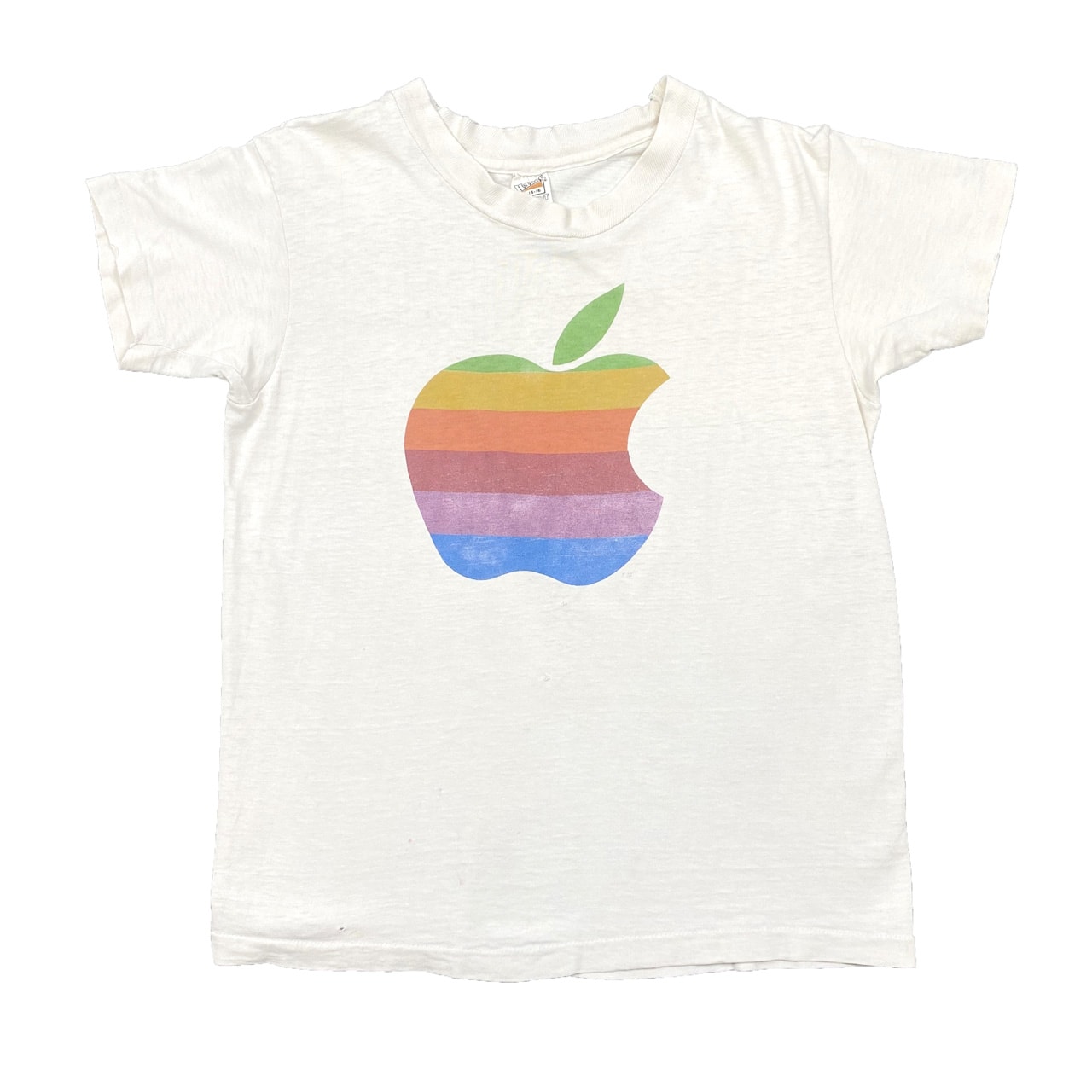
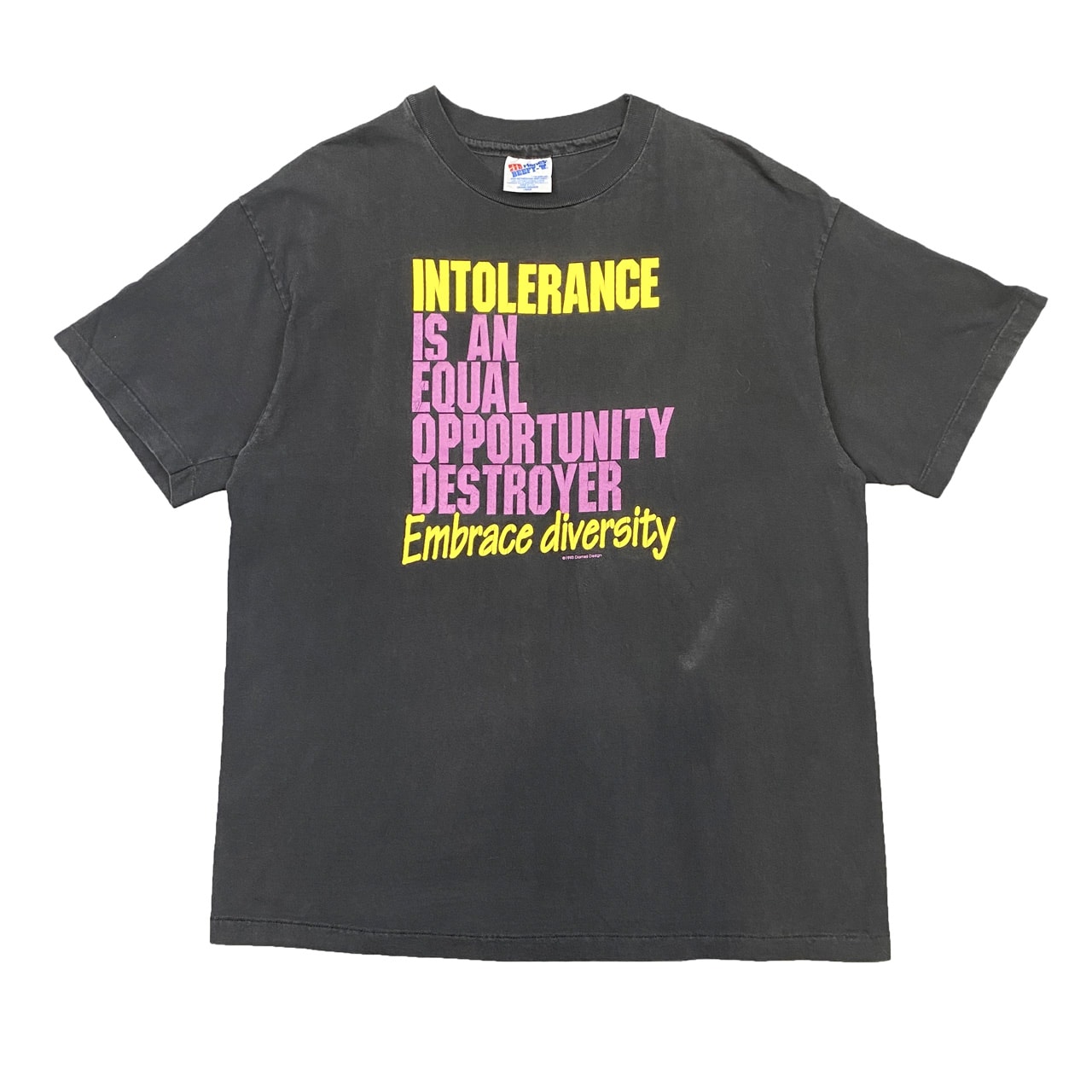
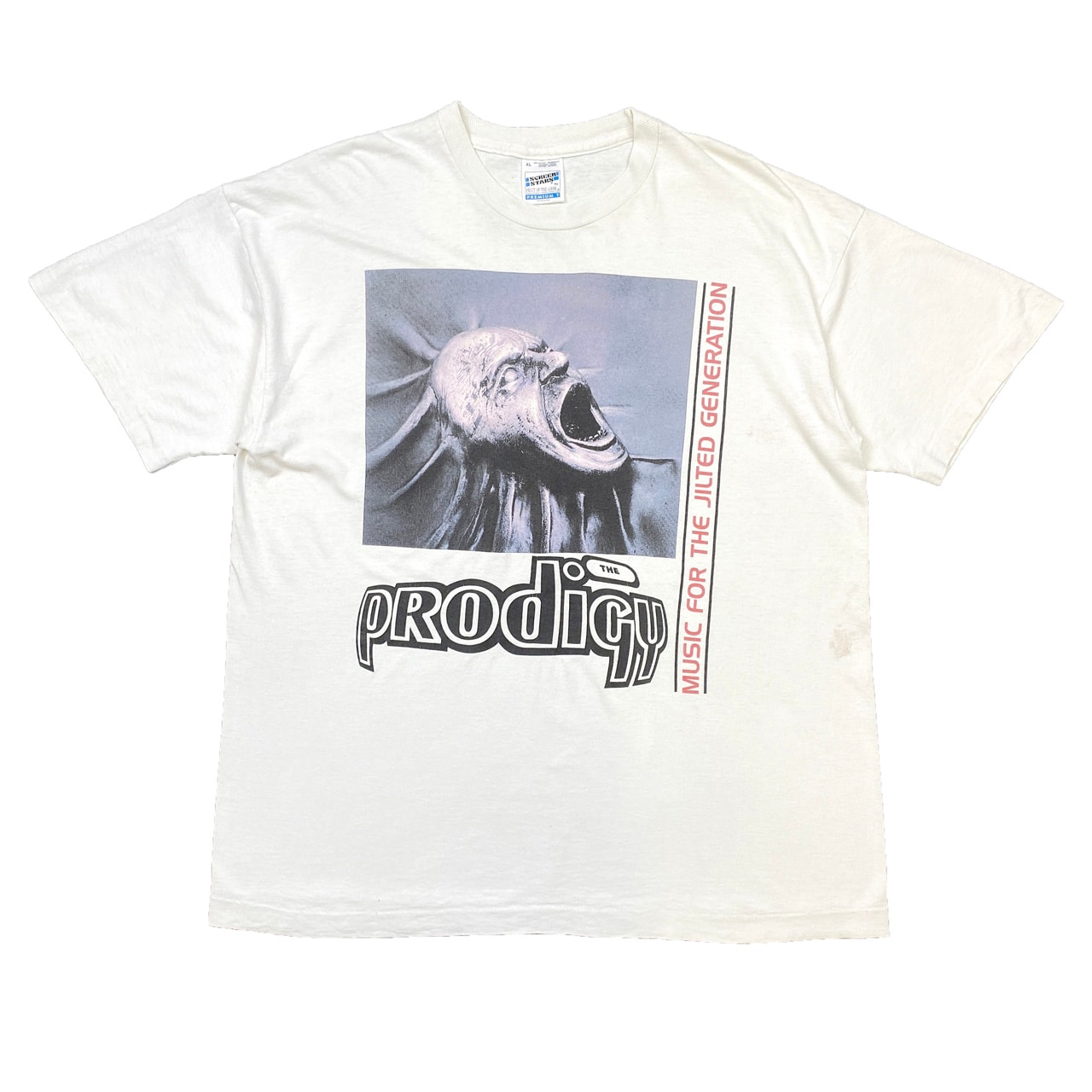
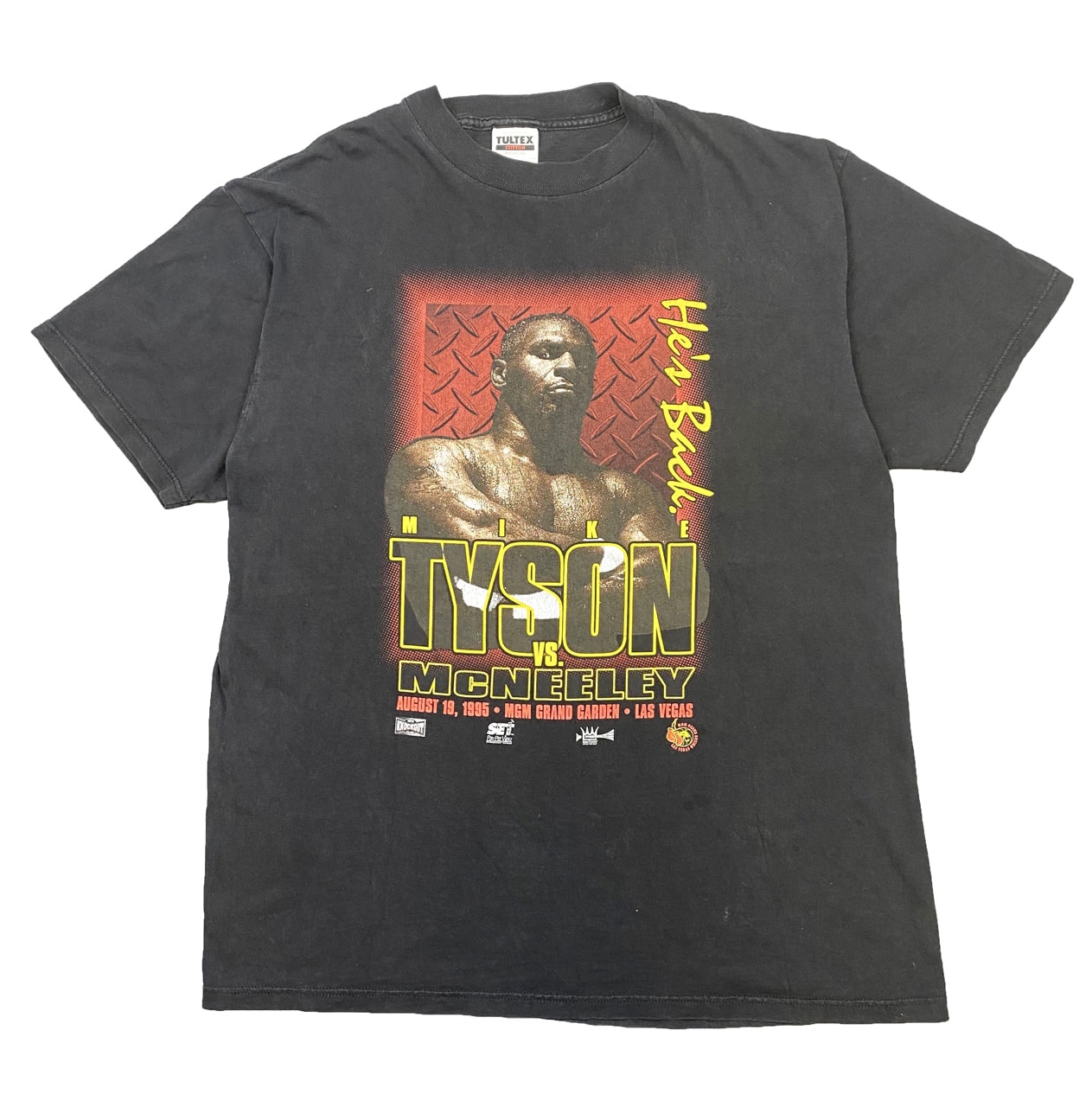
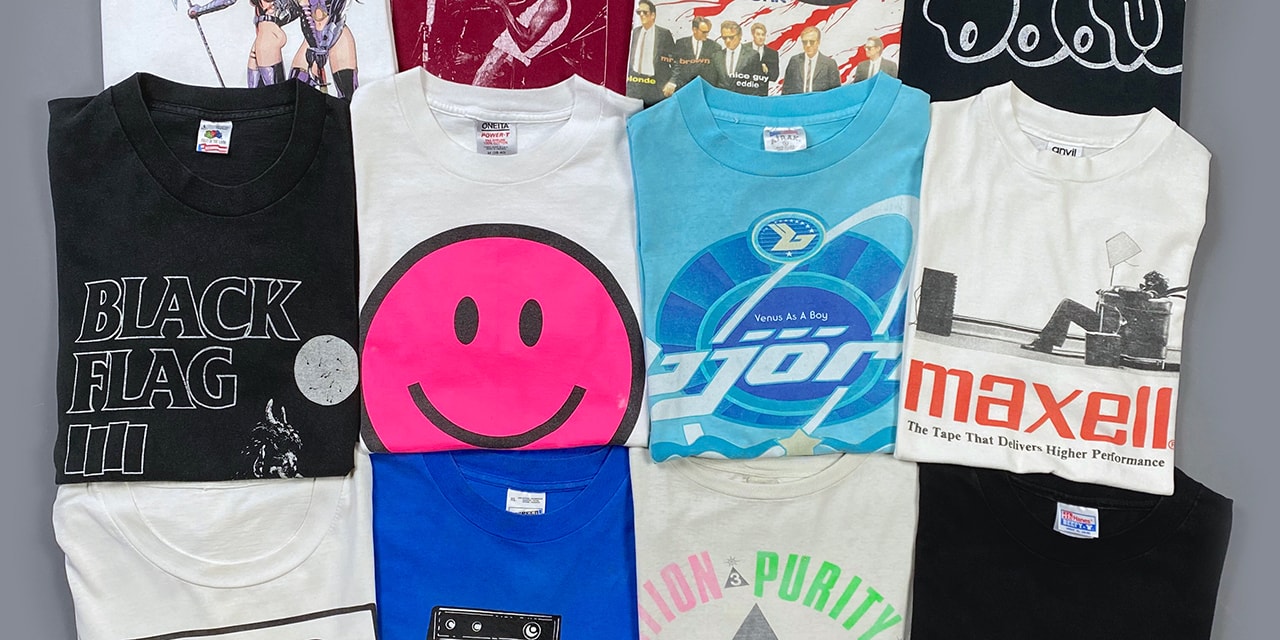

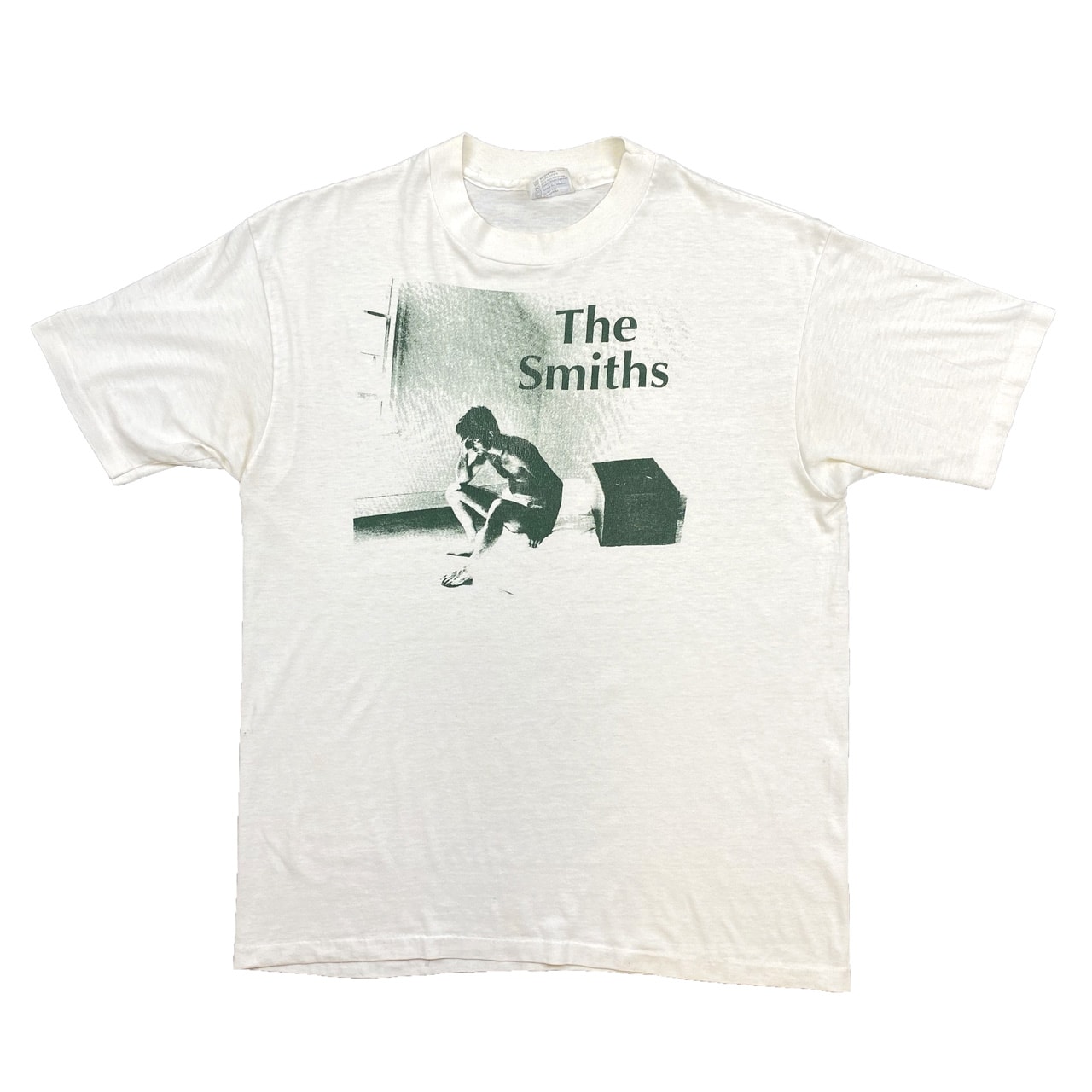
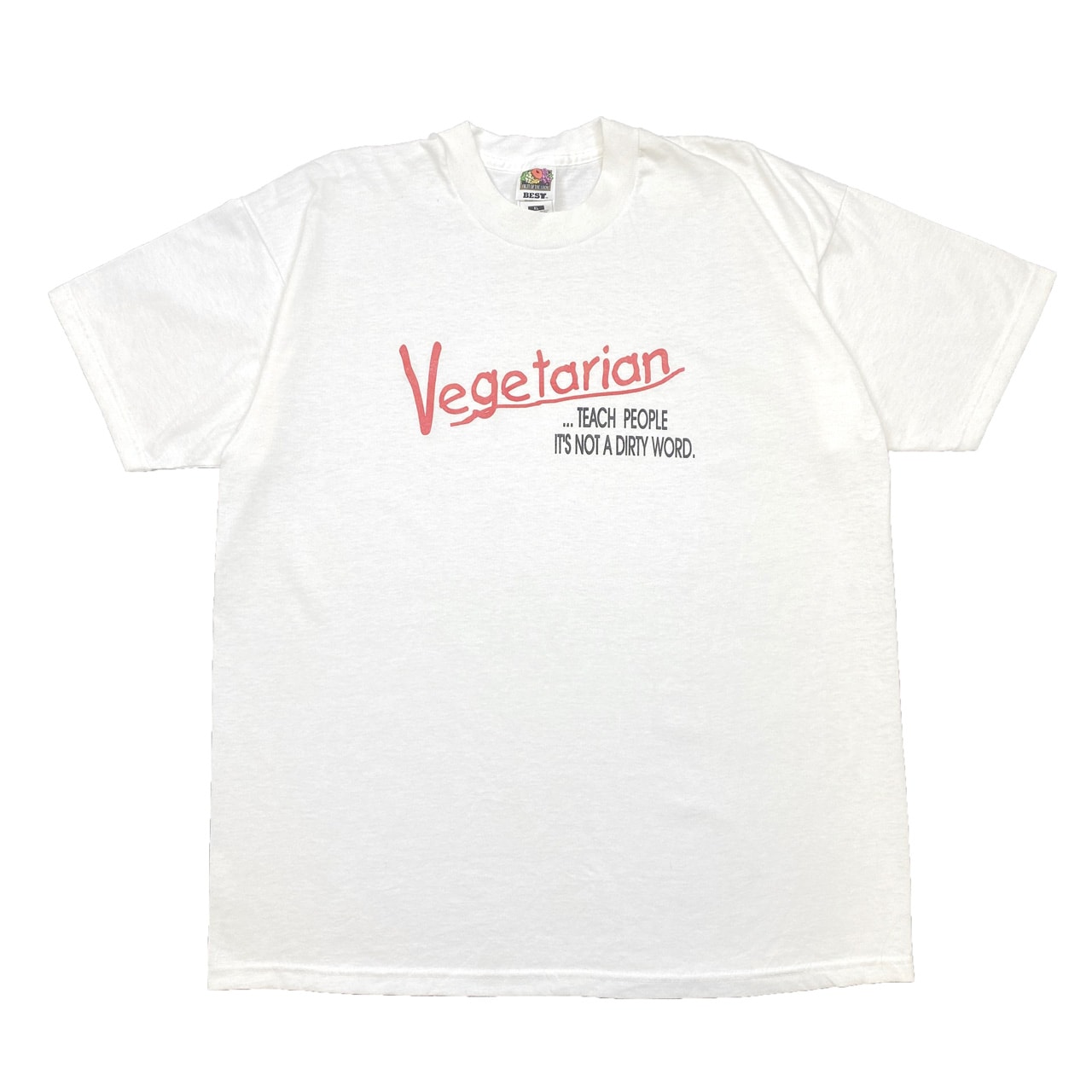
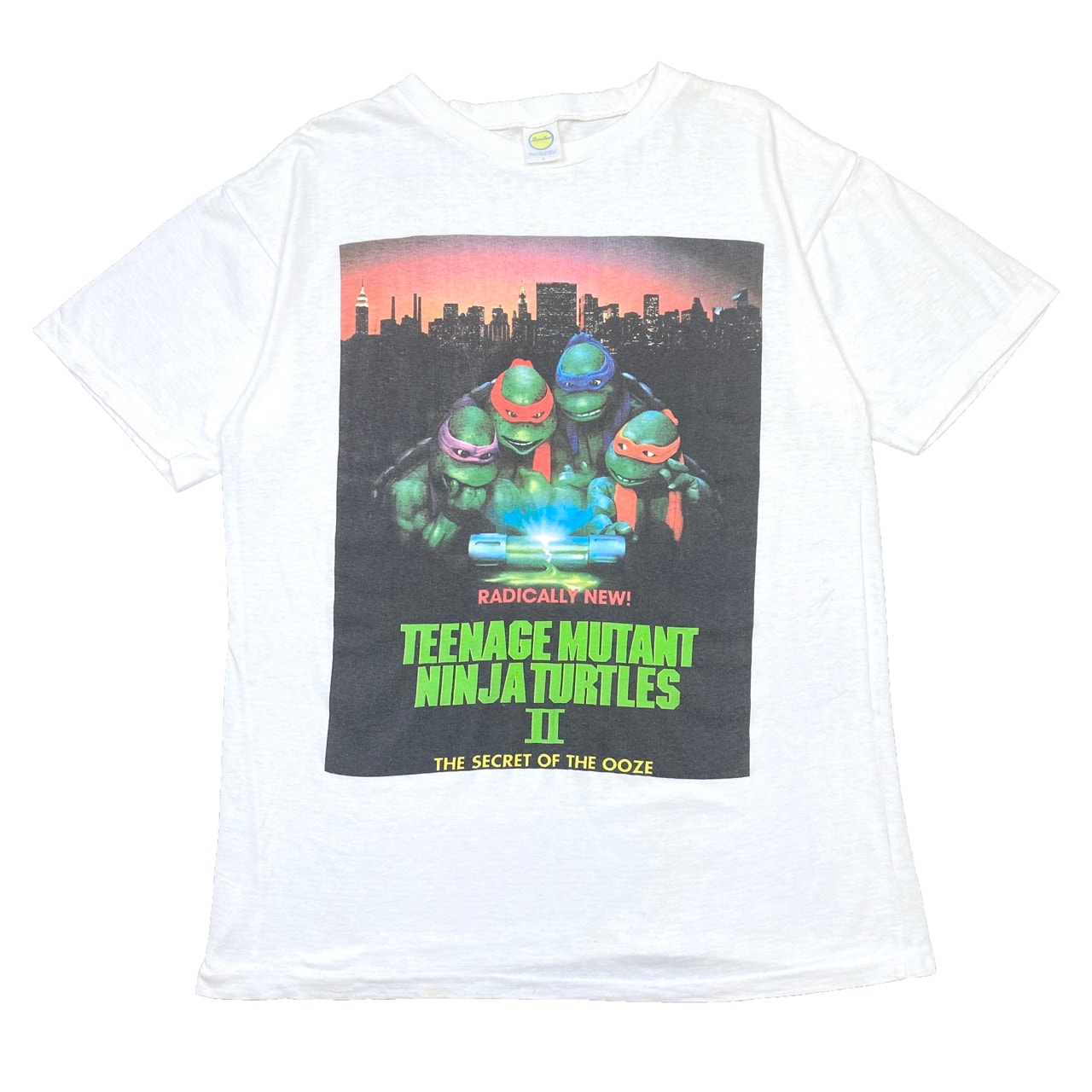
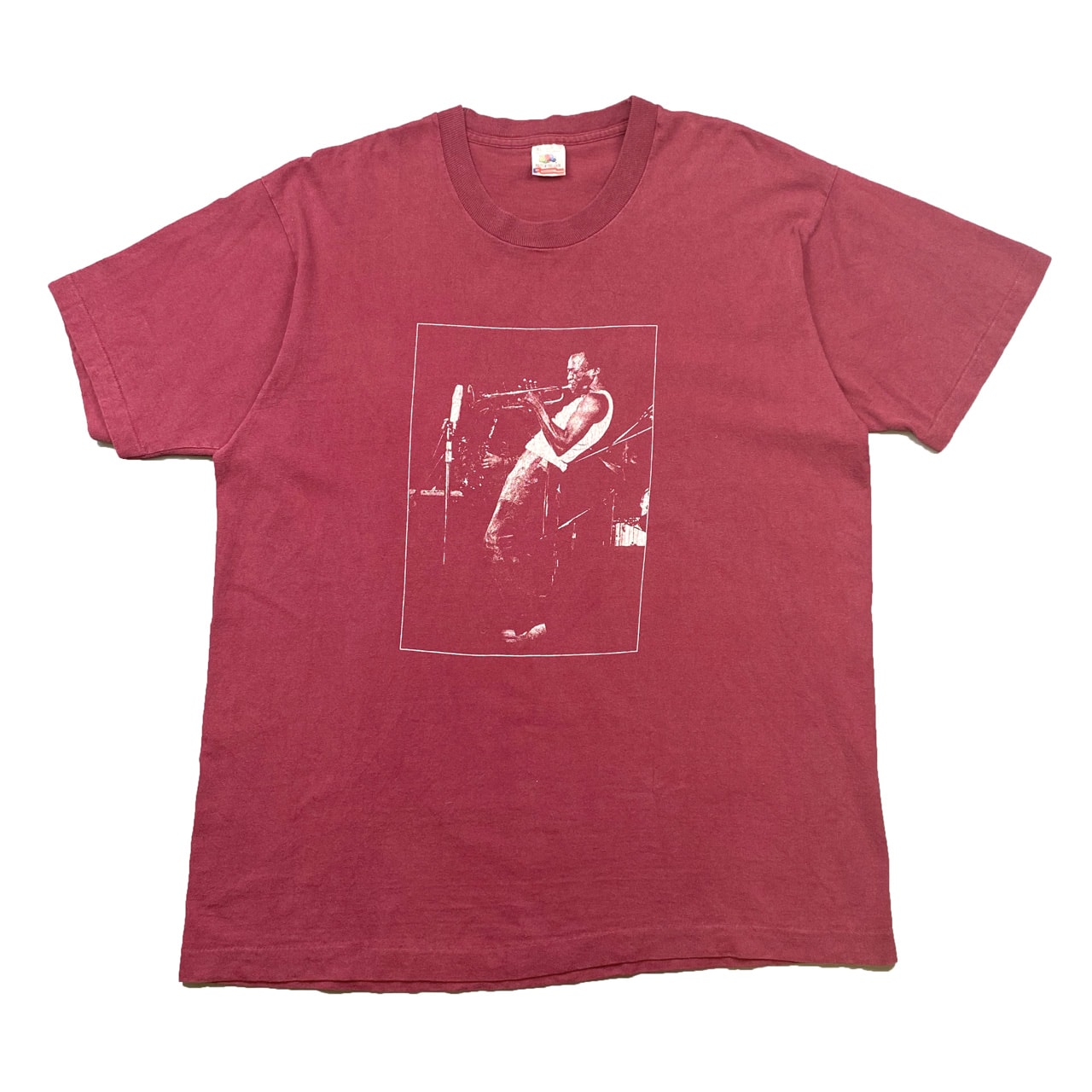
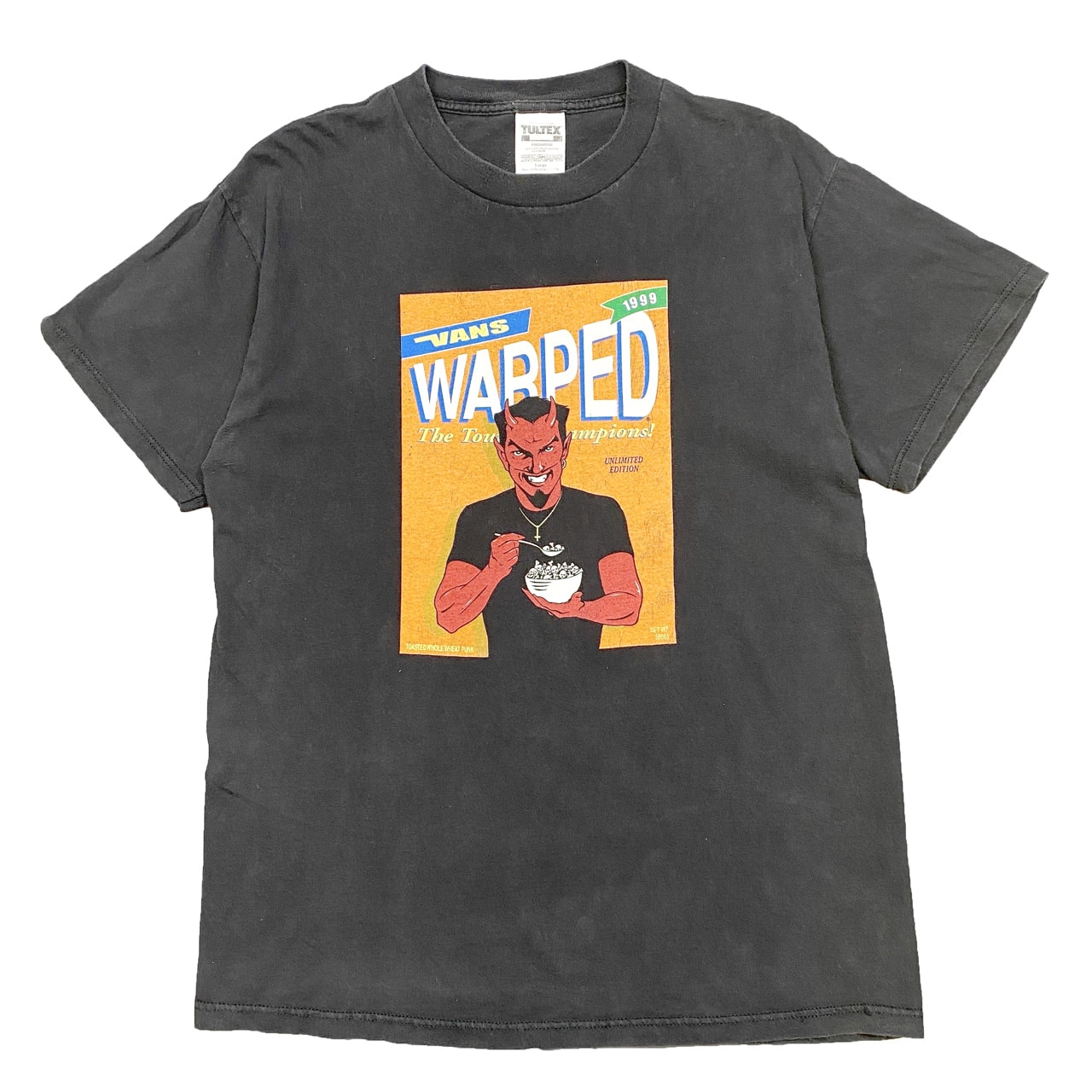
No comments:
Post a Comment